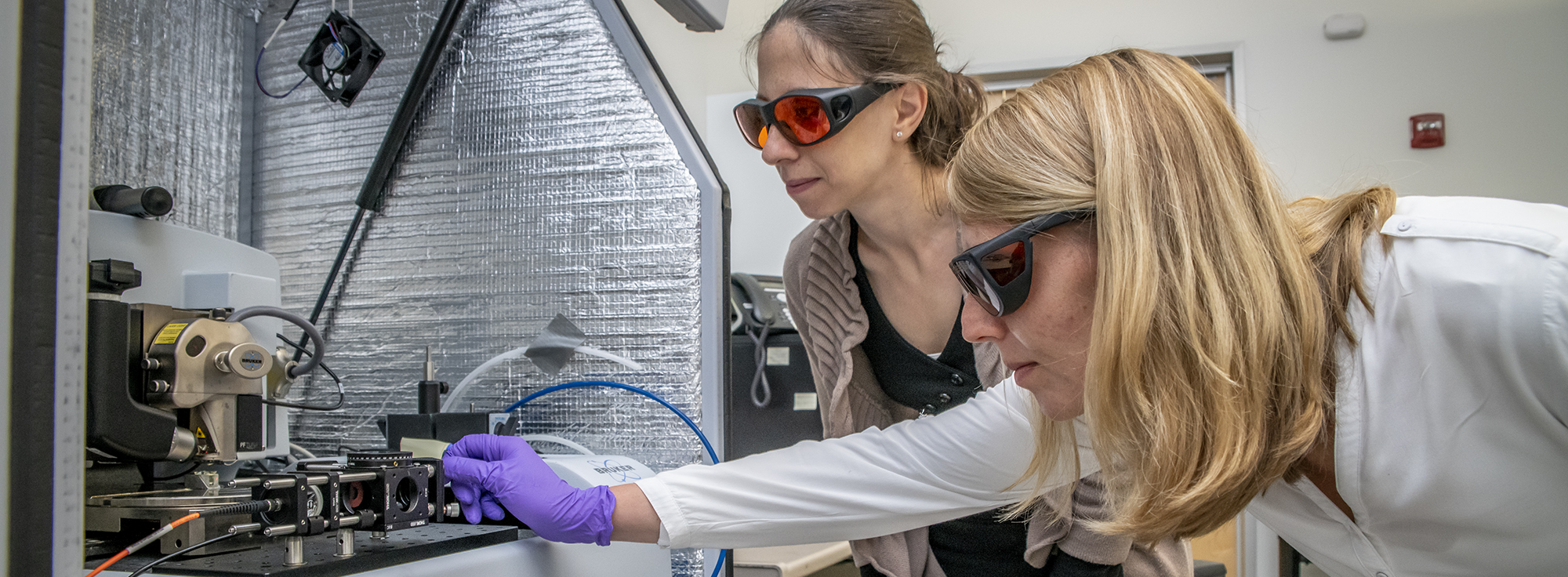
90 Breakthroughs
To celebrate Berkeley Lab’s nine decades of transforming discovery science into solutions that benefit the world, we’ve rolled out 90 Berkeley Lab breakthroughs. These landmark achievements — by no means a comprehensive list and in no particular order — offer a tour of some of the many game-changing discoveries developed at Berkeley Lab over the years.
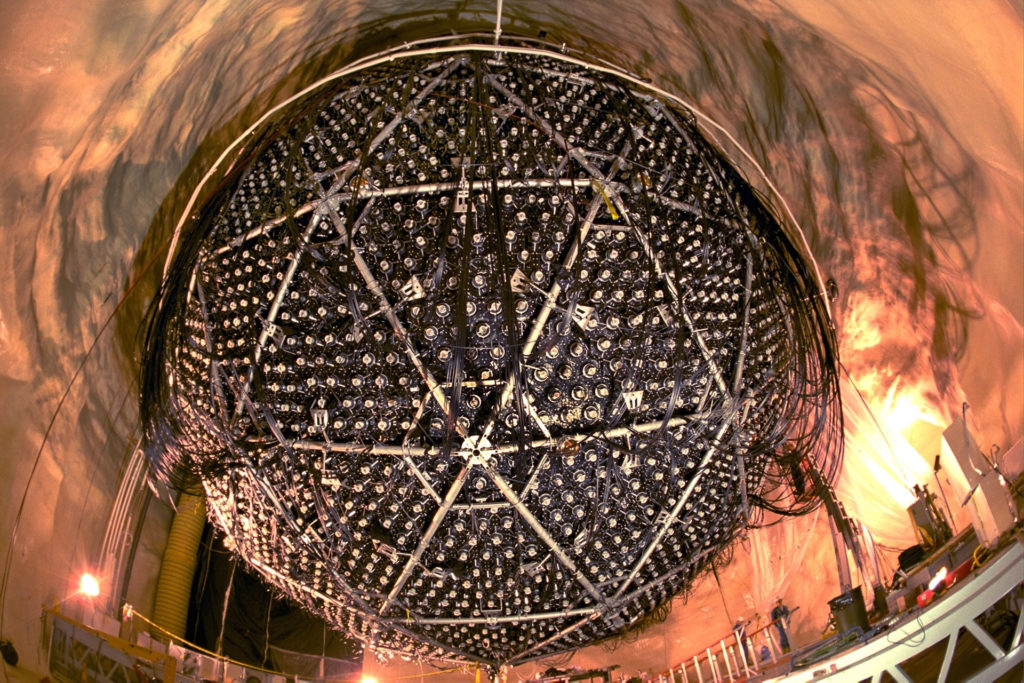
Resolved the Solar Neutrino Puzzle
Berkeley Lab built detectors which proved that neutrinos in transit can transform. Experiments showed that solar core neutrinos become different once they reach Earth and also observed the disappearance of neutrinos emitted from nuclear power reactors while traveling to detectors. This set of discoveries won both Nobel and Breakthrough Prizes.
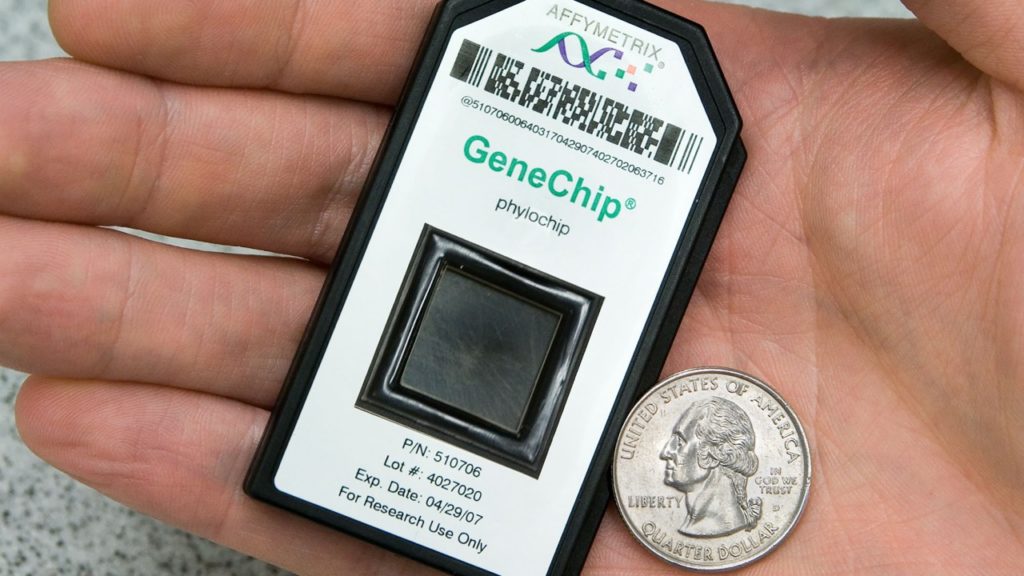
Created a Pocket-sized DNA Sampler
A tool that identifies the microbes in air, water, and soil samples became a workhorse in public health, medical, and environmental cleanup projects. Developed in the early 2000s, the credit-card sized PhyloChip helped pinpoint the diseases that kill coral reefs, and catalog airborne bacteria over U.S. cities.
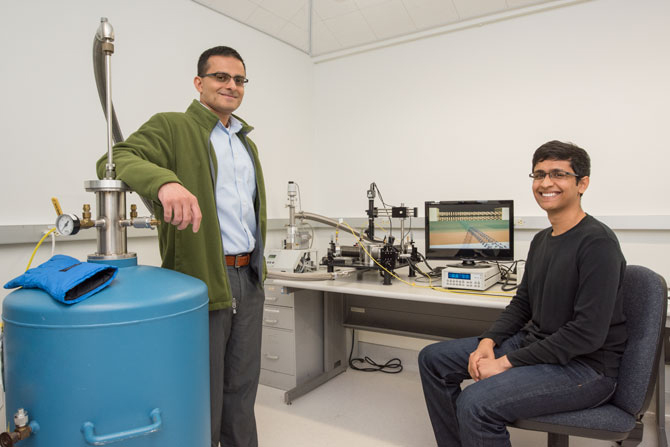
Pushed Semiconductors to the Limit of Perfection
Materials scientists at Berkeley Lab have developed much of the current understanding of the formation of crystalline defects in semiconductors and their effect on their performance in next-generation electronics. Using these insights, they have pushed these materials to the limits of perfection, including controlling their isotopic composition, and in doing so have developed new applications ranging from detectors for spaced-based telescopes and high energy physics experiments to energy-efficient solid state lighting.
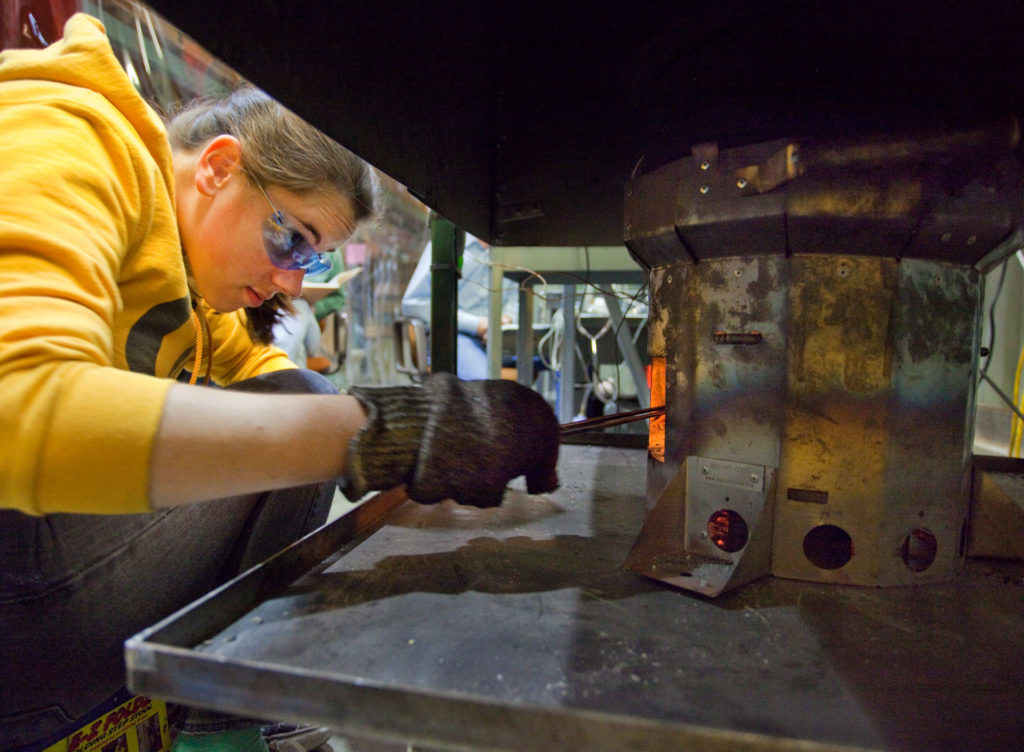
Responding to a Crisis
The Berkeley-Darfur Stove, designed and developed at Berkeley Lab in response to the humanitarian crisis of refugees in the Darfur civil war in the early 2000s, reports indicated that more than 60,000 stoves were in use, serving more than 400,000 people. Most are in refugee camps in Africa.

Squeezed Fuel from Microbes
In a milestone that brings advanced biofuels one step closer to your gas tank, a collaboration led by scientists with the Department of Energy’s Joint BioEnergy Institute developed a microbe that can produce fuel directly from biomass. The team, which includes Berkeley Lab scientists, announced in 2011 that they had engineered a strain of Escherichia coli bacteria to secrete biodiesel fuel.
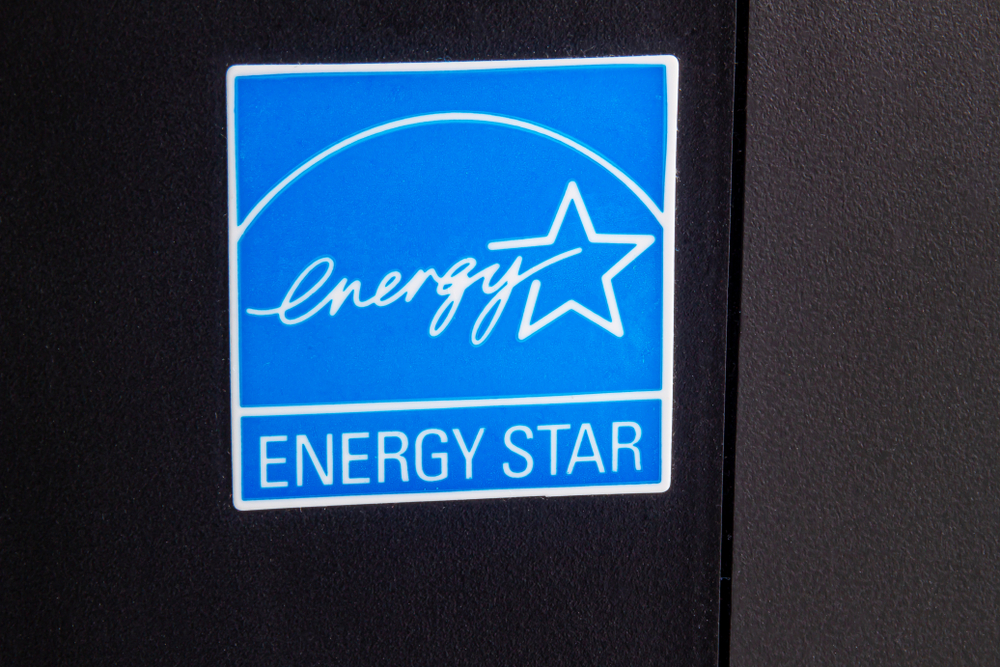
Appliance Energy-Efficiency = Huge Savings
A typical U.S. household saves over $300 each year (cumulatively over $1 trillion) thanks to Berkeley Lab scientists who helped to develop the federal government’s energy-efficiency appliances standards. And those ENERGY STAR labels that help you choose efficient appliances? The Lab helped implement those, too.
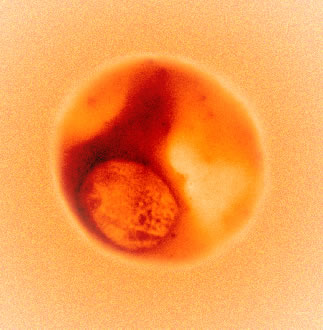
Caught Malaria in the Act
A never-before seen view of the malaria parasite inside a red blood cell was obtained at Berkeley Lab’s Advanced Light Source in the mid 1990s. The images led to a better understanding of how malaria changes red blood cells and may help scientists improve drugs that fight the deadly disease.

Invented a System to Reserve Bandwidth
ESnet researchers at Berkeley Lab invented OSCARS, the On-demand Secure Circuits, and Advance Reservation System, giving scientists the power to reserve end-to-end bandwidth for moving mountains of research data—guaranteed. Today, more than 50 global research networks, wide-area backbones, regional networks, exchange points, local-area networks, and testbeds have adopted OSCARS.
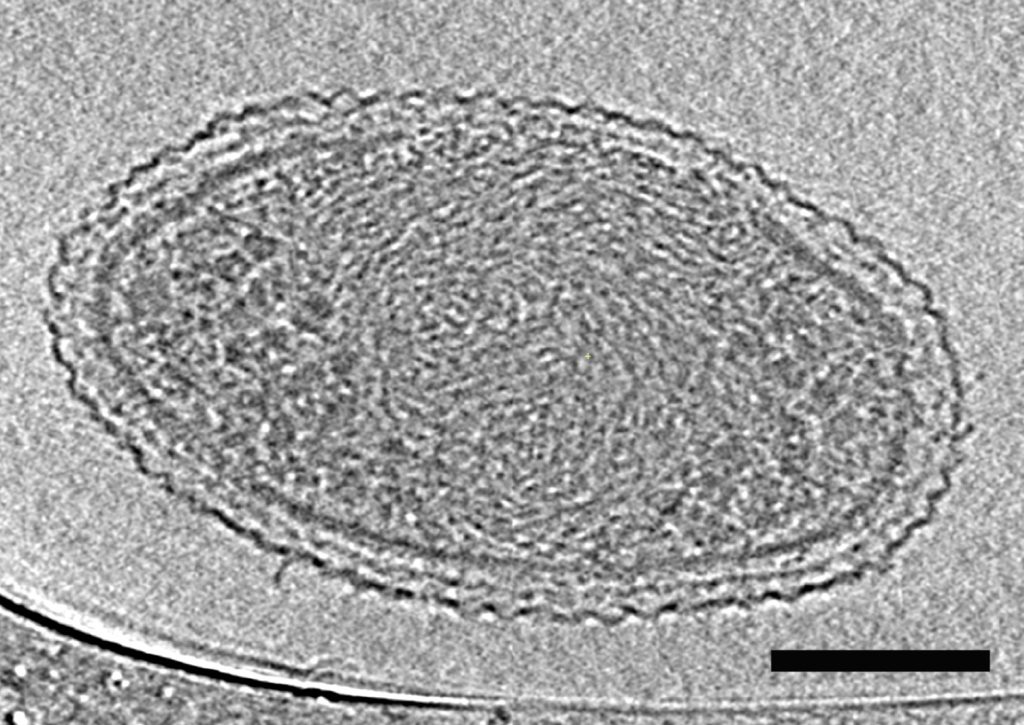
Imaged the Smallest Life Forms Ever
In 2015, our scientists captured the first detailed microscopy images of ultra-small bacteria that are believed to be about as small as life can get. About 150 of these bacteria could fit inside an Escherichia coli cell and more than 150,000 cells could fit onto the tip of a human hair.
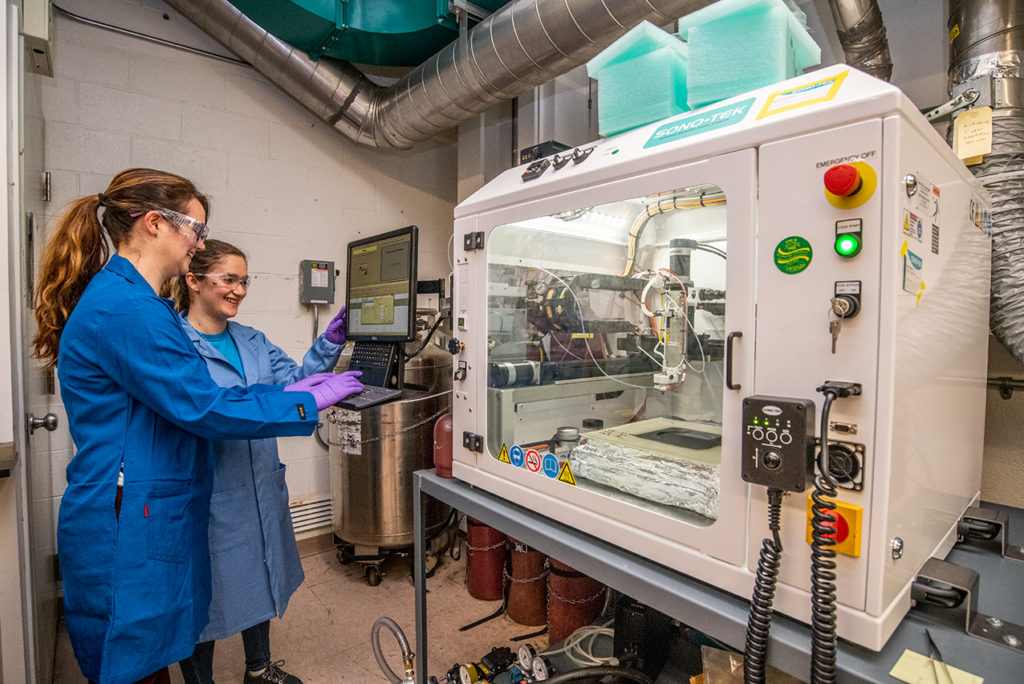
Optimizing Batteries from Basic Principles
In 1963, Lab scientist John Newman demonstrated a technique for simultaneously solving a set of mass balance equations, creating a powerful framework to model electrochemical performance from fundamental properties of charge, diffusion, and mass transfer. This technique, widely used today, enables materials researchers at the Lab and worldwide to develop new battery chemistries and materials, including next-gen solid state and sodium ion batteries, and has contributed to the optimization of every battery produced, in applications from cell phones to cars to microgrids.
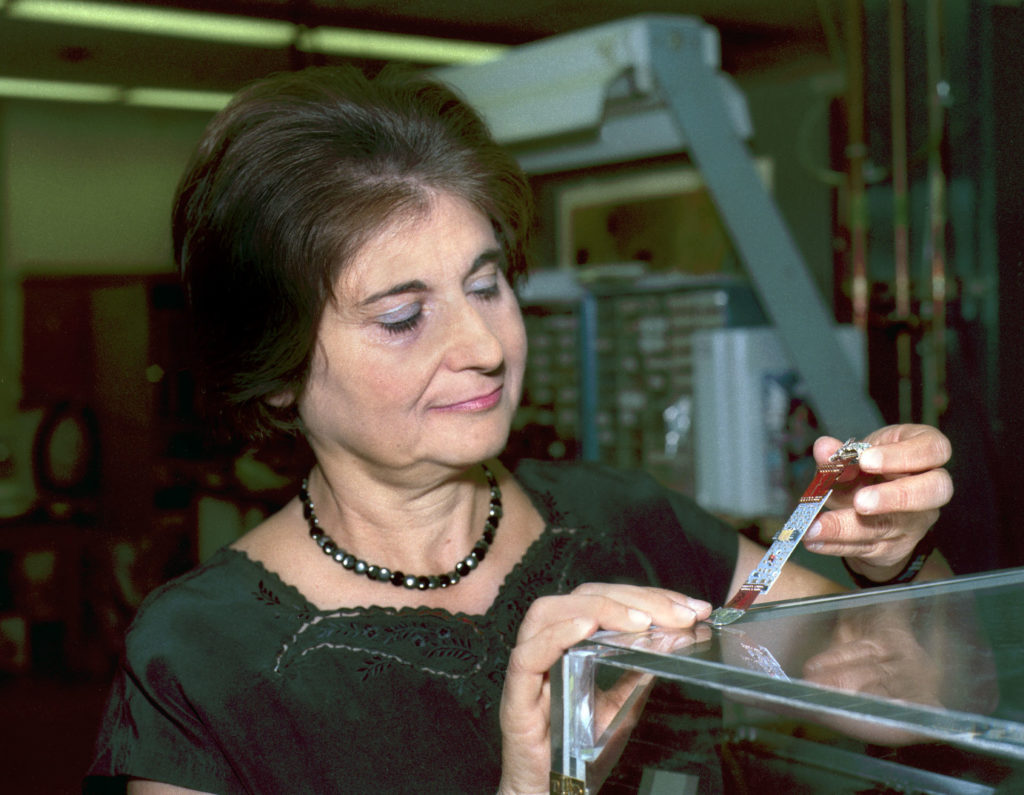
Discovered the Top Quark
Berkeley Lab teams played an integral role in the March 1995 discovery of the sixth and final quark in the Standard Model of particle physics, which is the most massive among all elementary particles – it has a mass equivalent to a gold atom. Dozens of Berkeley Lab scientists had played a role in two collaborations working in competition at the Tevatron, a proton-antiproton collider at Fermi National Accelerator Laboratory that enabled the discovery.
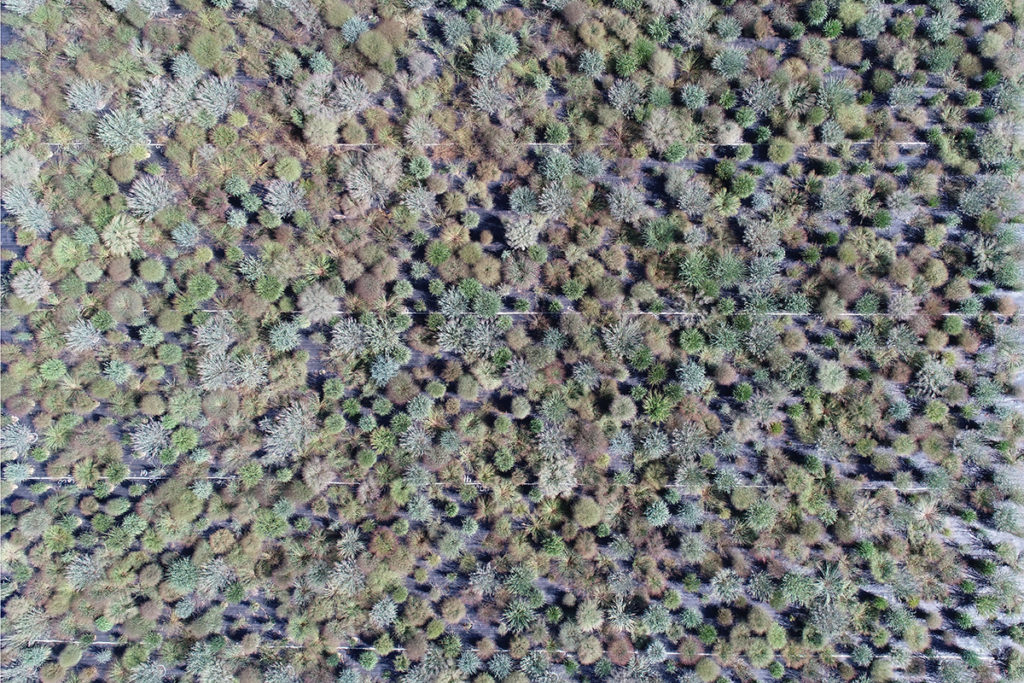
Decoded Thousands of Plants and Fungi to Advance Sustainable Bioproducts
Revealing the “wiring diagrams” of hundreds of economically important plants — from trees to soybean, cotton, citrus, and grasses — has pinpointed resilience traits for vigorous growth and resistance to drought and pests. In addition, harnessing the data from 2,000 fungal genomes has informed strategies to combat plant pathogens, improve plant growth, and optimize production of biofuel, biomaterials, food, and medicine.
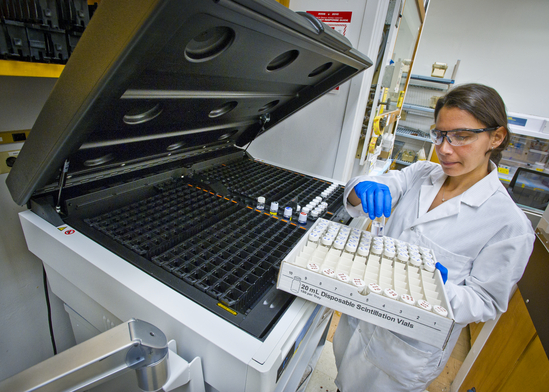
Developed Decontamination Strategies for Heavy Metals
Beginning in the early 2010s, Berkeley Lab researchers have paved the way to understand the fate of radionuclide contaminants in animals and humans, leading to the development of a pharmaceutical product that can help treat radiation poisoning.

Keeping it Cool
As the world heats up, Berkeley Lab is helping to cool things down by analyzing the cost and performance of materials that cool cars, pavements, roofs and walls. Cooler cities mean less air conditioning and cleaner air. Think globally: If all the world’s roofs and pavement used cool materials, the reduction in carbon dioxide emissions would be equivalent to taking 600 million cars off the road for 18 years.
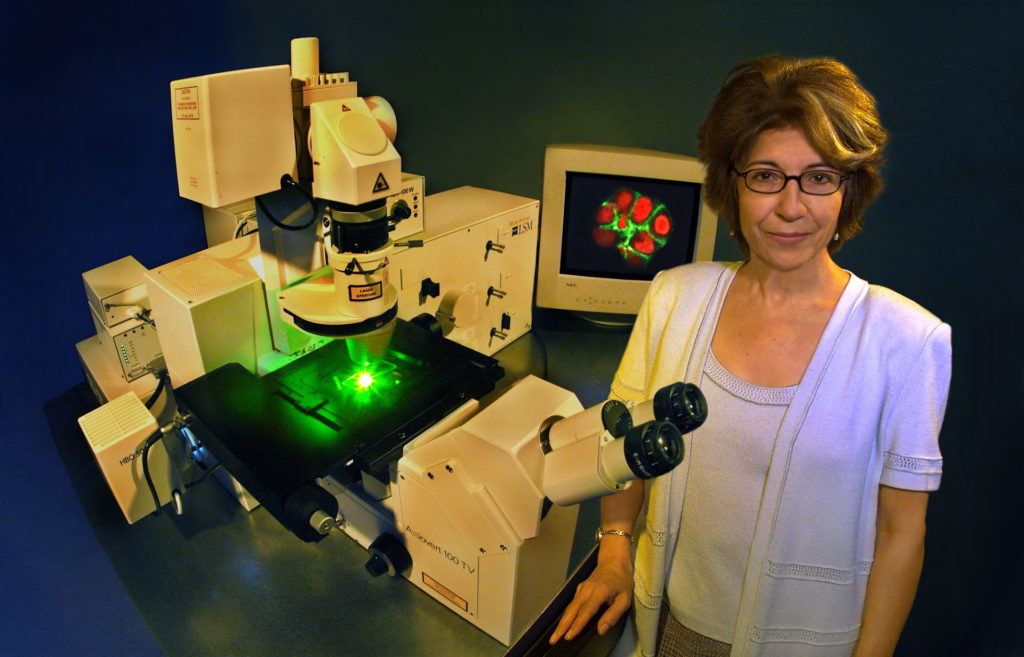
Redefined the Causes of Breast Cancer
A new path in cancer treatment research was forged thanks to a revolutionary theory developed at Berkeley Lab in the early 1980s that links breast cancer to a breakdown in the micro-environment surrounding breast cells.
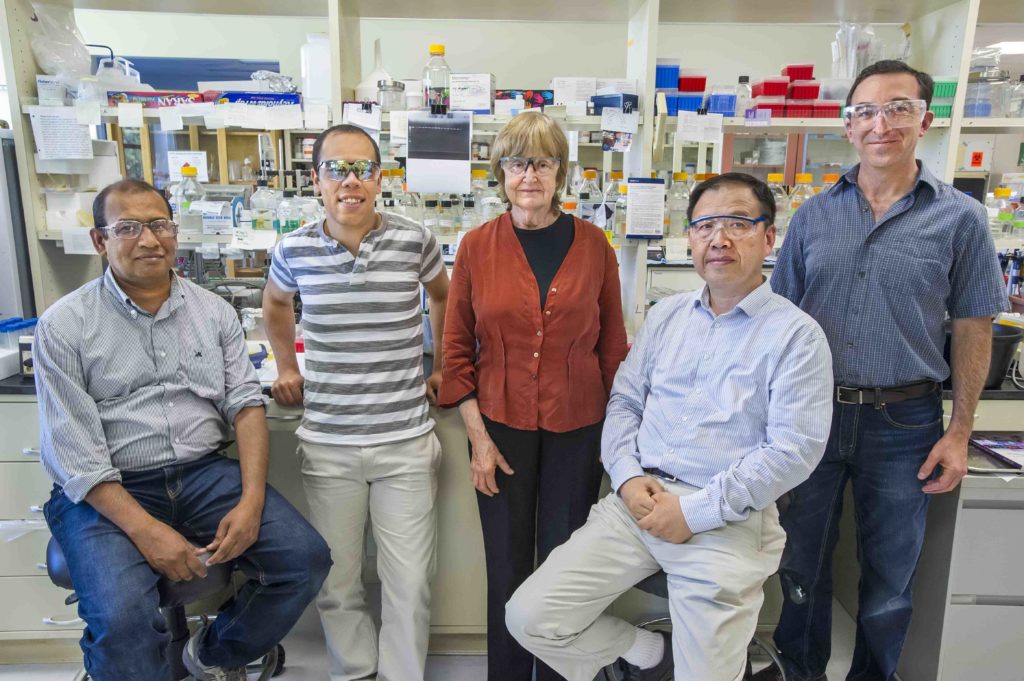
A Breath of Fresh Air
Our researchers are experts at Indoor Air Quality, identifying for the first time that thirdhand smoke—the noxious residue that clings to surfaces long after the secondhand smoke from a cigarette has cleared out—causes significant genetic damage in human cells and increases lung cancer risk in animal models. We also inform policymakers with independent data on vaping and other aerosol contaminants.
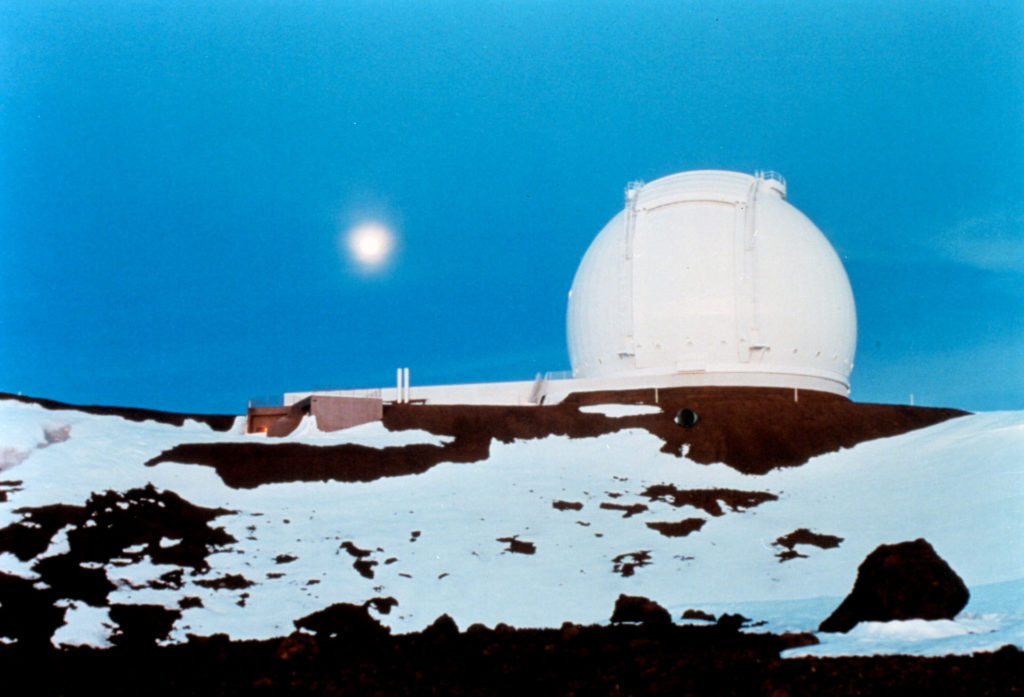
Brought the Stars Closer
Scientists can glimpse supernovae billions of light years away thanks to revolutionary telescope technology developed at Berkeley Lab in the late 1970s. The segmented mirror design is used at many observatories worldwide, including the giant twin telescopes of the Keck Observatory on the summit of Mauna Kea in Hawaii, which are the most powerful ground-based telescopes in the world.
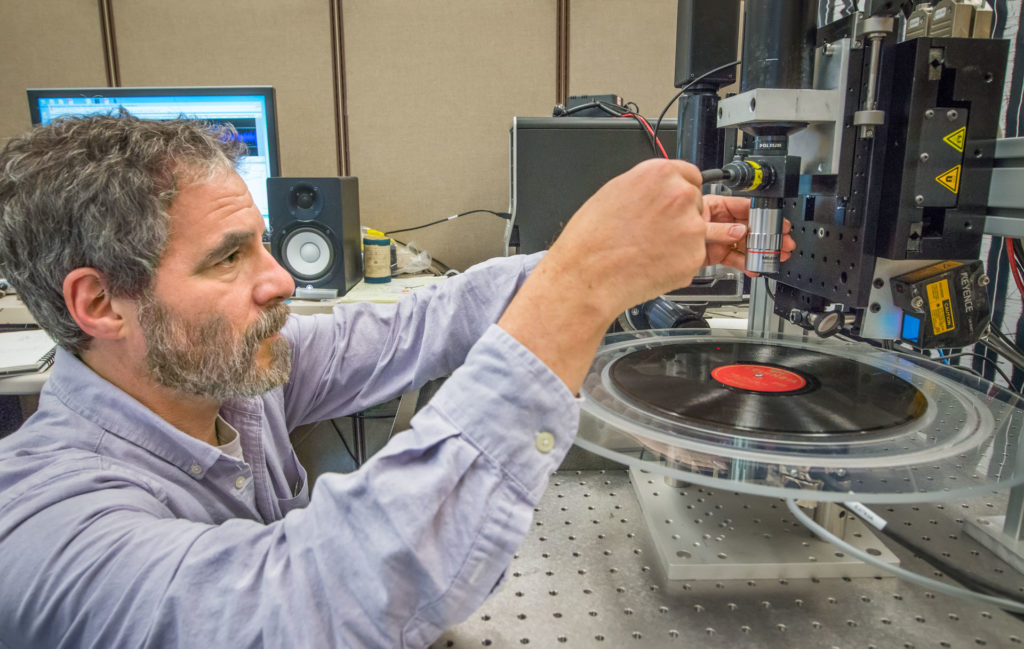
Preserved the Sounds of Yesteryear
In 2003, Berkeley Lab scientists engineered a high-tech way to digitally reconstruct aging sound recordings that are too fragile to play, such as Edison wax cylinders from the late 1800s. Many of the millions of recordings in the world’s sound archives, including those in the U.S. Library of Congress, are benefiting from the technology.
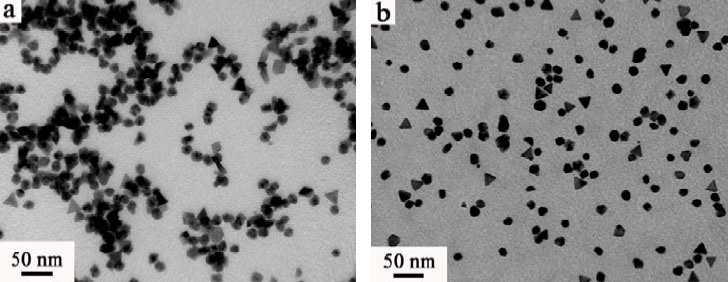
Discovered the Inner-Workings of Catalysis
Berkeley Lab researchers pioneered our understanding of what happens at the surface of catalytic materials in action, including catching the first-ever glimpse of nanoscale catalysts using a state-of-the-art spectroscopy system. This understanding is leading to a new era of “smarter” catalysts that could be harnessed to fight pollution, drive hydrogen fuel cells, and drive fuel refinement techniques.
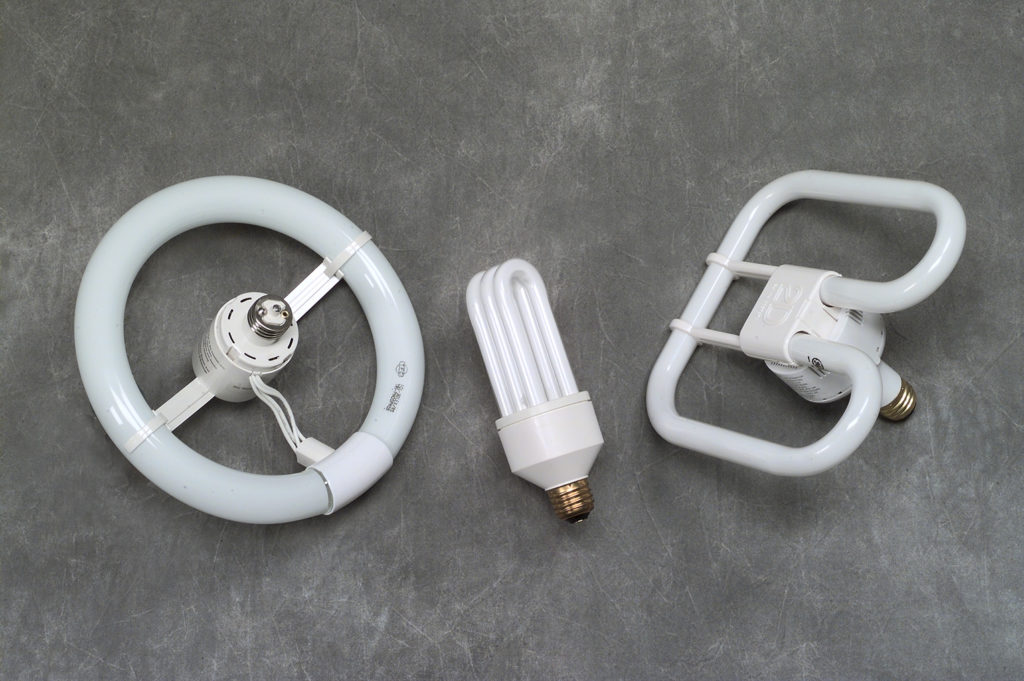
Rebooted Indoor Lighting
Berkeley Lab’s early fluorescent ballast research resulted in lamp efficiency and dimming controls breakthroughs, and sparked development of smart lighting controls now being applied to emerging light-emitting diode (LED) technologies. Lab scientists also pioneered work on daylighting and the effects of the light spectrum on visual performance and perception—work that supports improved occupant performance and significant energy savings worldwide.
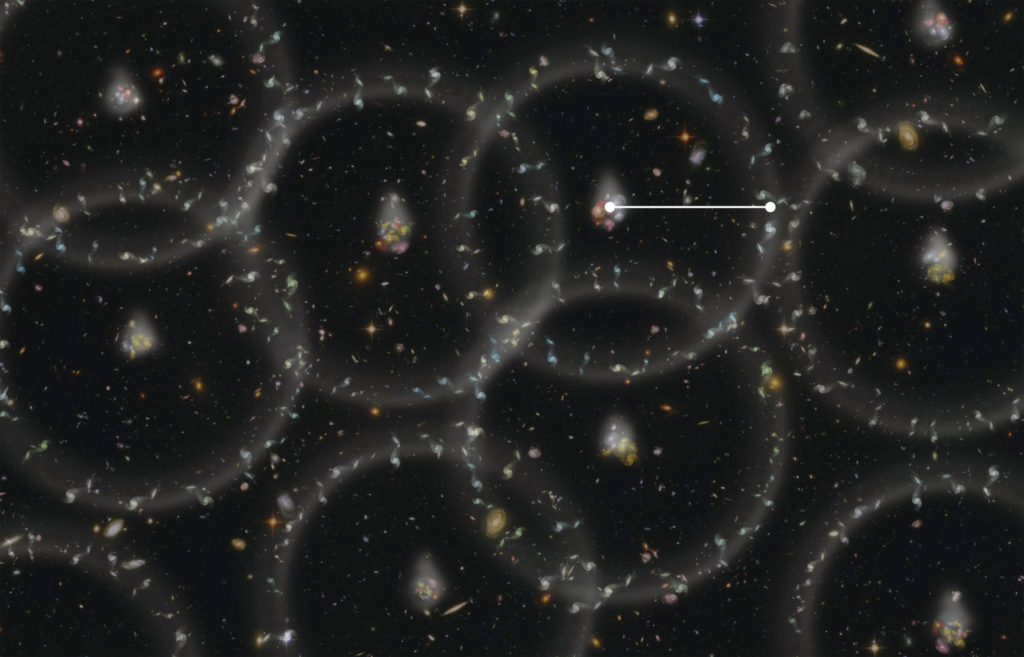
Measured the Scale of the Universe to an Accuracy of One Percent
In 2014, The Baryon Oscillation Spectroscopic Survey (BOSS) Collaboration measured the scale of the universe to an accuracy of one percent, the most precise such measurement ever made. This and future measures at this precision are the key to determining the nature of dark energy.
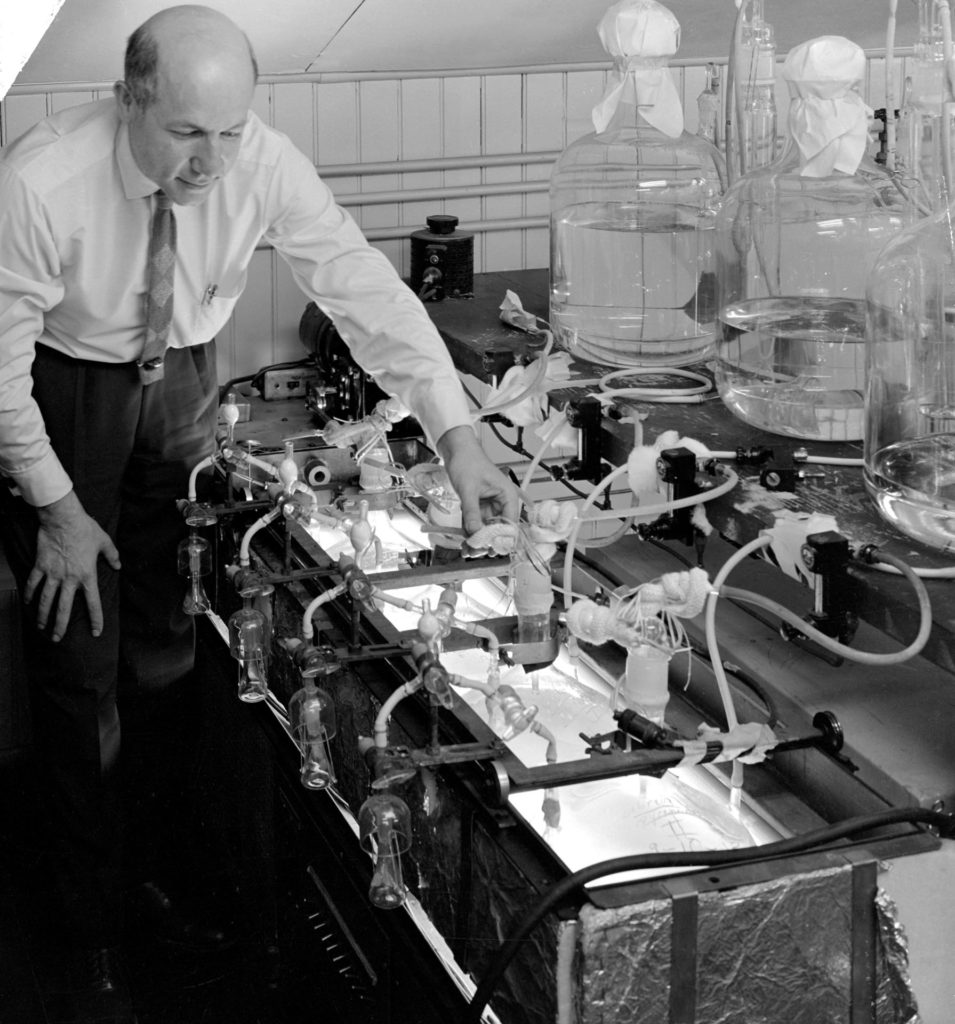
Discovered a Clock for Dating Artifacts
How old is that bone? With a half-life of 5,730 years, carbon-14 is perfect for dating biological materials and organic remains from archaeological sites. The isotope was discovered at Berkeley Lab in 1940, opening the door to a better understanding of our past.
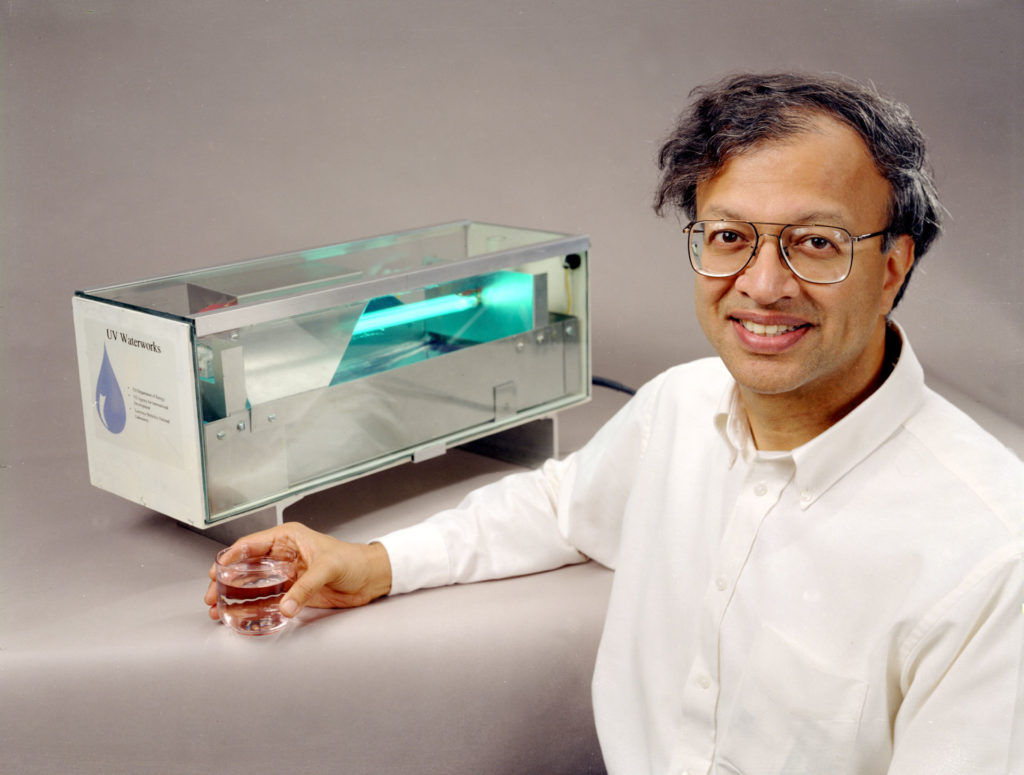
Safe Water for Millions
More than 20 million people drink clean water, thanks to a fast, inexpensive purifier developed at Berkeley Lab. The device, called UV Waterworks, uses ultraviolet light to kill waterborne diseases such as dysentery, which is a major cause of child mortality in the developing world.
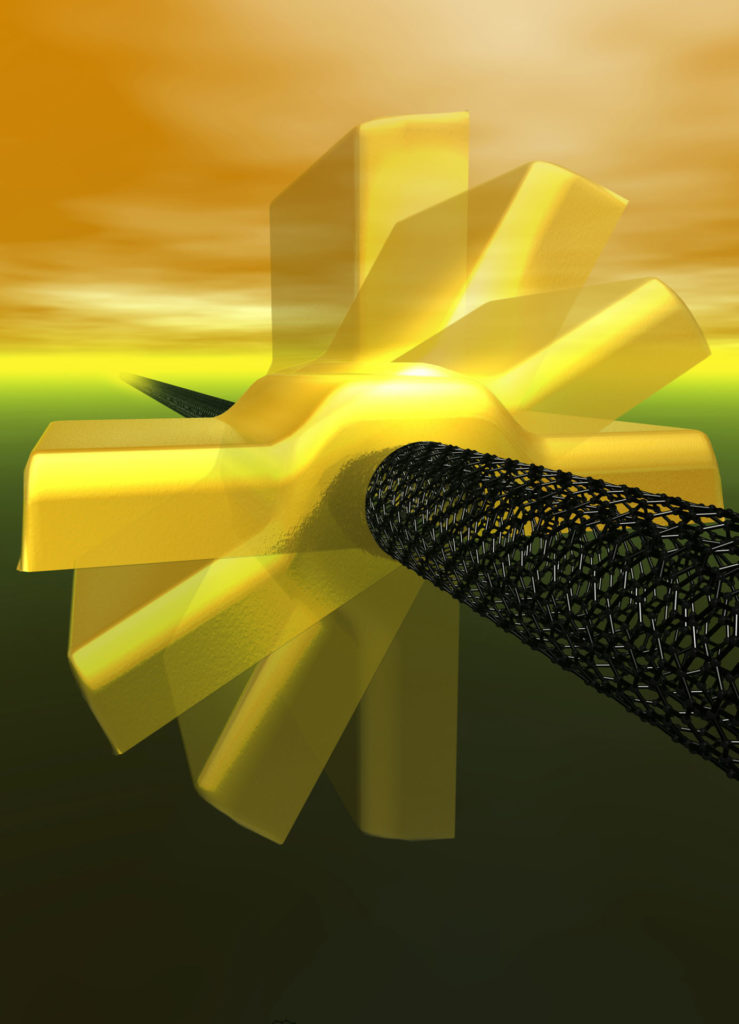
Fabricated the Smallest Machines
The world’s smallest synthetic motor—as well as radios, scales, and switches that are 100,000 times finer than a human hair—were engineered at Berkeley Lab in the 2000s. These and other ground-breaking forays into nanotechnology could lead to life-saving pharmaceuticals and more powerful computers.
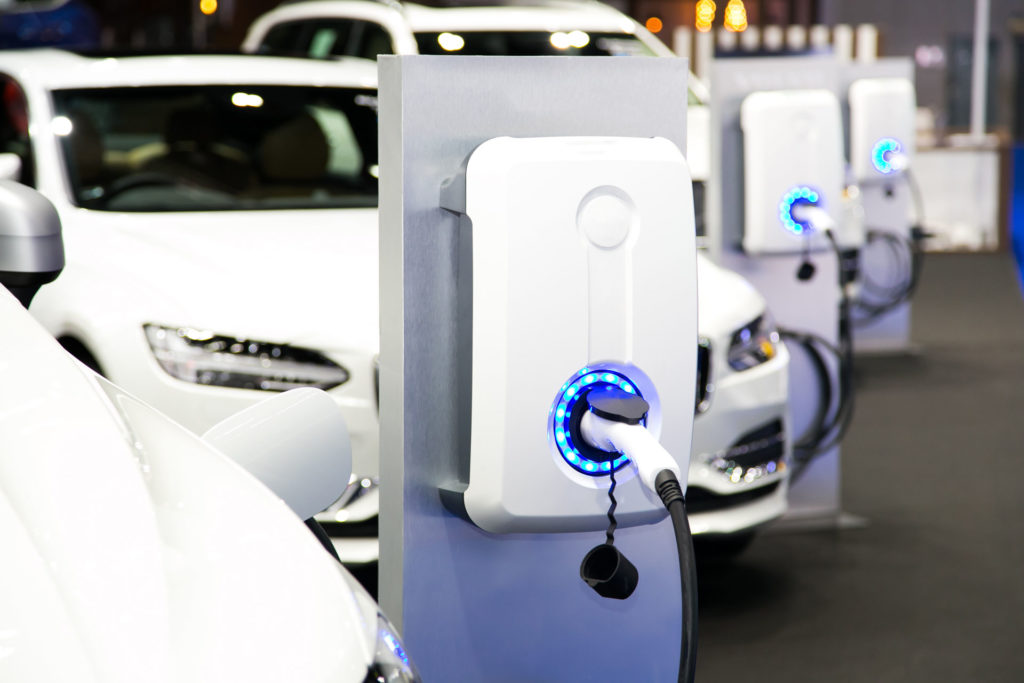
The Dawn of Lithium Batteries
In the 1950’s, electrochemical engineering pioneer Charles Tobias discovered the solubility of a lithium salt into an organic electrolyte and the deposition of lithium metal, leading to the birth of the lithium ion battery and the global electrical vehicle industry. Lab researchers have continued to grow this legacy by building better batteries through discoveries in ceramic-protected lithium electrodes and next-gen compact and low-cost rechargeable energy storage.
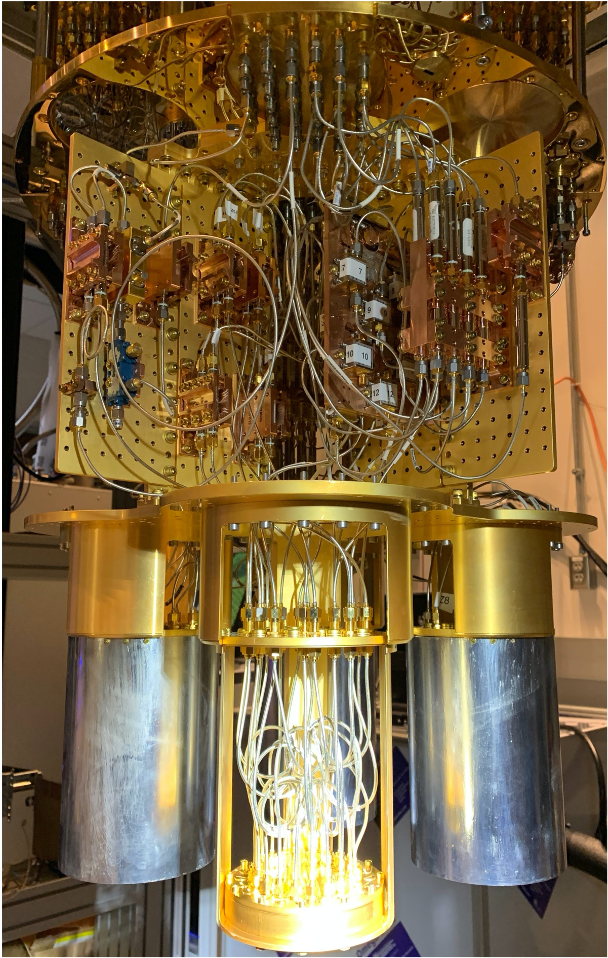
Paved the way for Quantum Computing
Berkeley Lab Researchers demonstrated that the rules of quantum mechanics apply even to large numbers of electrons moving in a superconducting circuit. In 1985, researchers observed the discrete quantum energy levels of a collective variable describing the electron motion. This milestone paved the way for the subsequent use of superconductors to make quantum bits (qubits), which are now used in quantum computers built by IBM and Google and in Berkeley Lab’s own Advanced Quantum Testbed.
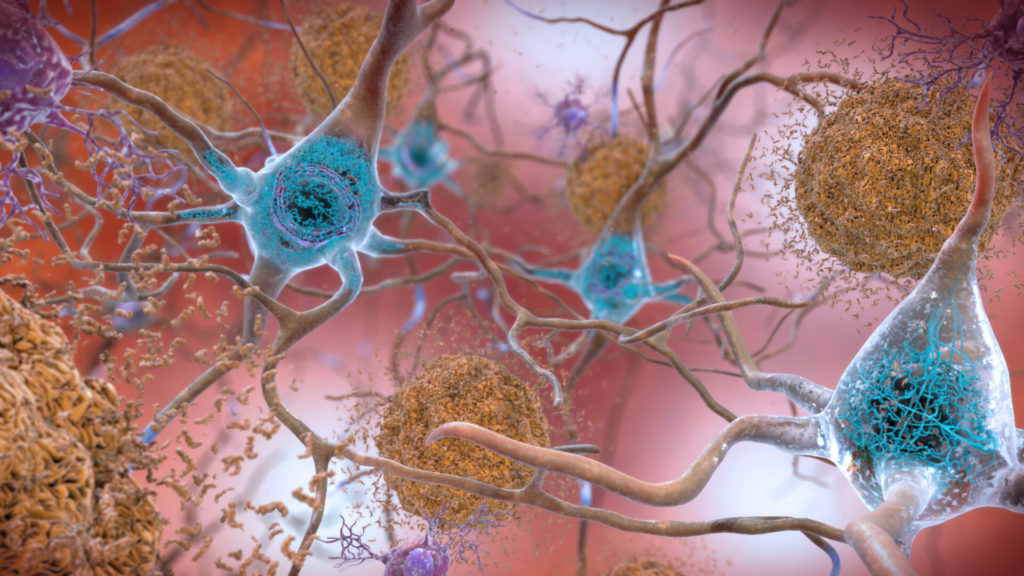
Identified Disordered Sleep as a Biomarker for Alzheimer Disease
Research spanning the last decade has led a team of Berkeley Lab and UC Berkeley researchers to determine that several quantitative and qualitative features of human sleep correlated with tau and beta amyloid burden in the brain — the core pathological features of Alzheimer disease (AD). This represents a potential noninvasive, cost-effective, and scalable way of diagnosing and forecasting AD pathology, with both therapeutic and public health implications.

Created Pipeline to Spot Supernovae in Real-Time
Cosmic transients like supernovae offer us insights into cosmic unknowns; and Berkeley Lab researchers developed a pipeline to detect them in real-time: It starts with a telescope in Southern California that scans the sky nightly; real-time observations then travel on a high-speed network to Berkeley where algorithms running on supercomputers identify potential transients and immediately alert astronomers globally to follow up.

Mimicked Photosynthesis for Clean Energy
A potential game-changer in artificial photosynthesis was achieved in 2015 with a system that can capture carbon dioxide emissions and then, powered by solar energy, convert the carbon dioxide into chemical products such as plastics, pharmaceutical drugs, and even liquid fuels.

Given Buildings an Energy Makeover
Berkeley Lab wrote the book, or program rather, when it comes to wringing every penny out of a building’s energy use. Software developed at the Lab is used worldwide to audit a structure’s energy consumption. If you’ve set foot in the San Francisco Airport, Willis Tower, or the Nestle Headquarters in Switzerland, you’ve experienced energy savings thanks to Berkeley Lab.
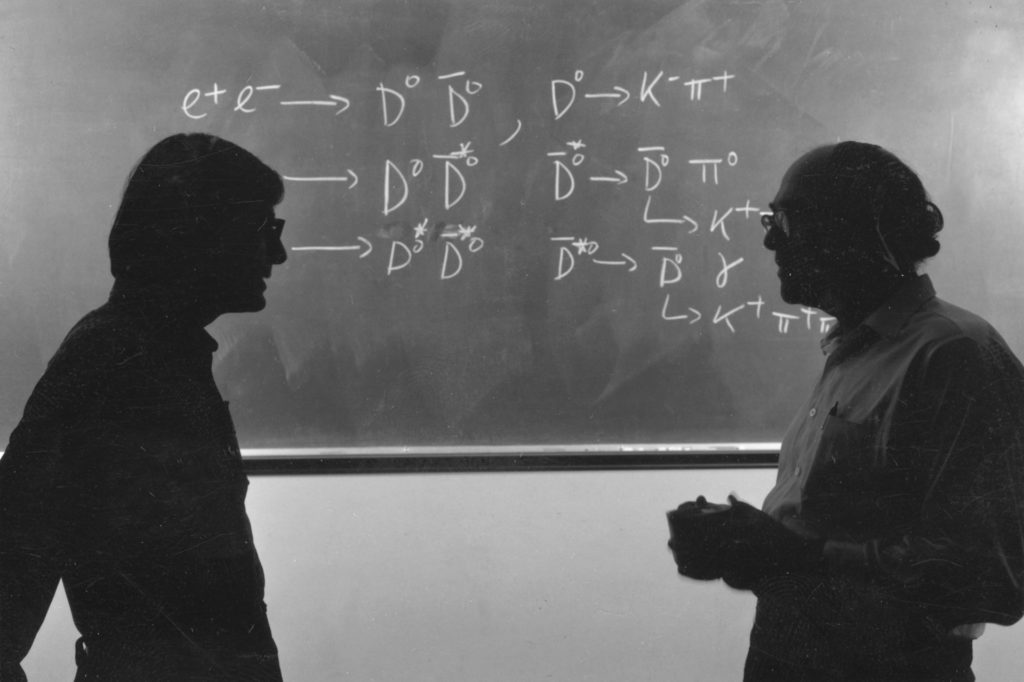
Discovered the J/psi Meson
In November 1974, separate teams of physicists at MIT and Brookhaven National Laboratory, and SLAC National Accelerator Laboratory, reported the discovery of the same particle, now known as the J/psi meson. The SLAC team included several Berkeley Lab researchers. The discovery sparked the “November Revolution” – a period in the high-energy physics community marked by a series of rapid changes in the field.

Ensured Arsenic-Free Drinking Water
Tens of millions of people worldwide must obtain drinking water from sources with high arsenic levels, which are associated with increased cancer and other health risks. In the late 2000s, scientists invented ECAR, an inexpensive, effective electrochemical arsenic removal system that accelerates the rate of rust production and effectively removes arsenic below the regulatory standard of 10 parts per billion.
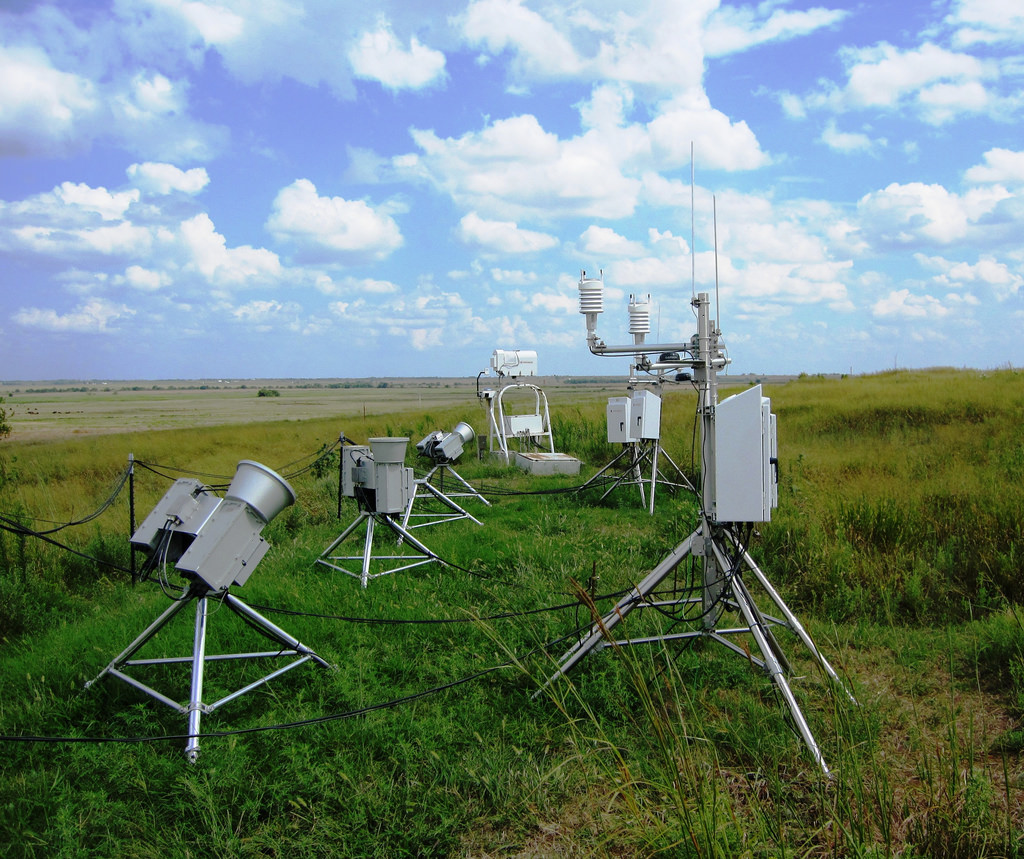
Caught Climate Change in the Act
For the first time, our scientists observed an increase in carbon dioxide’s greenhouse effect at the Earth’s surface. They attributed this upward trend to rising CO2 levels from fossil fuel emissions. The influence of atmospheric CO2 on the planet’s energy balance is well established, but this effect had not been experimentally confirmed outside the laboratory until now.
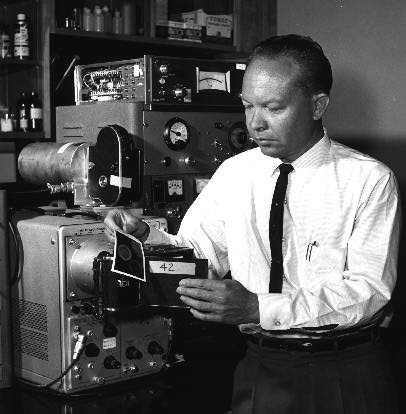
Pioneered Medical Imaging
In the 1950s, Berkeley Lab’s Hal Anger developed a scintillation camera that enabled physicians to detect tumors by imaging gamma rays emitted by radioactive isotopes. The camera that bears his name evolved into modern imaging systems, such as PET, which enable doctors to detect many diseases early enough to save patients’ lives.
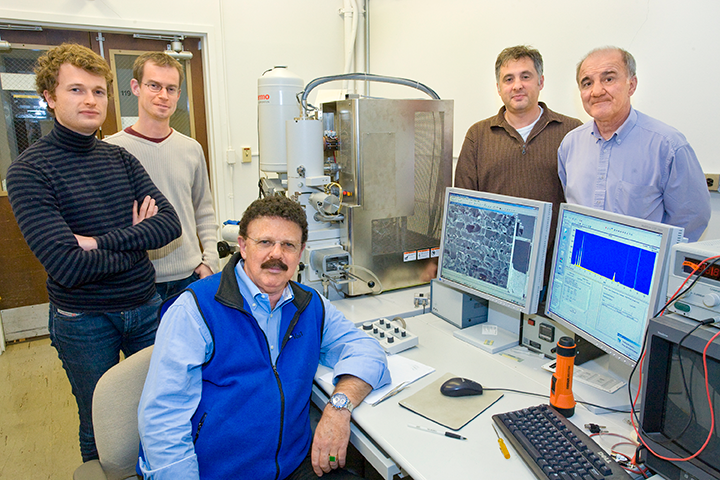
Created the Toughest Ceramic
In 2008, Berkeley Lab scientists mimicked the structure of mollusk shells to create what may well be the toughest ceramic ever produced. The material could lead to incredibly strong yet light composites that are perfect for energy and transportation applications.
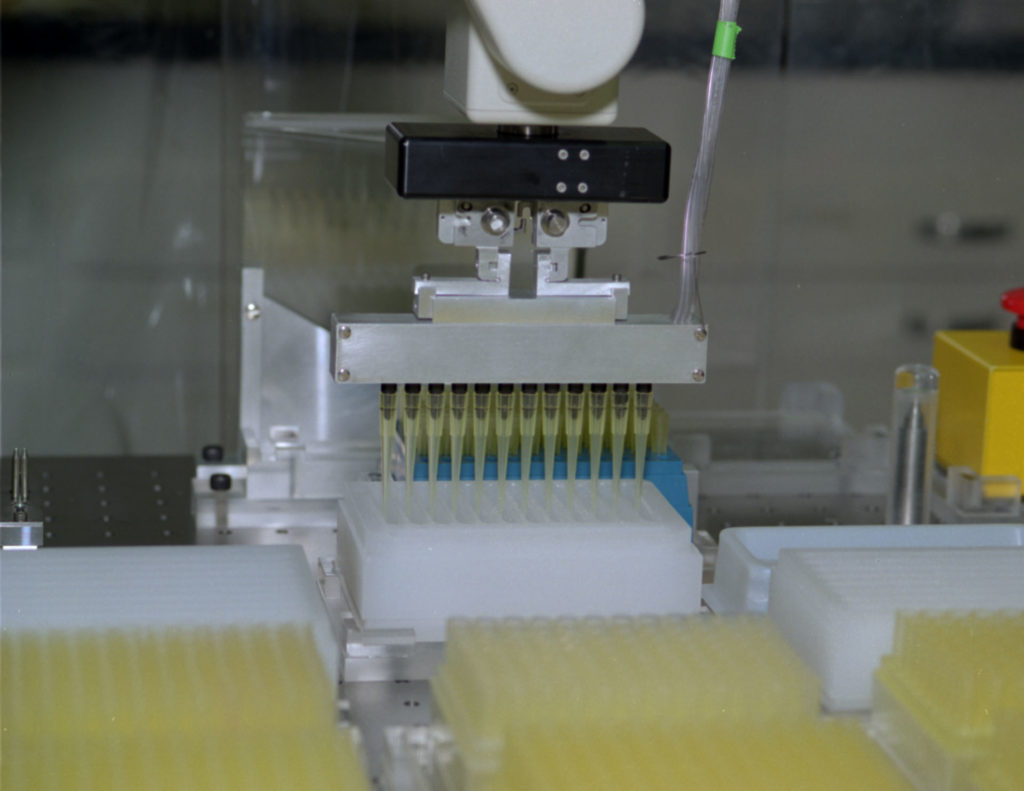
Revealed the Secrets of the Human Genome
Berkeley Lab, no stranger to big science, played a key role in the landmark Human Genome Project, which began in 1990. The Walnut Creek-based Joint Genome Institute, managed in part by Berkeley Lab, sequenced human chromosomes 5, 16, and 19, which are regions of the genetic library implicated in diabetes, atherosclerosis, asthma, and other diseases.
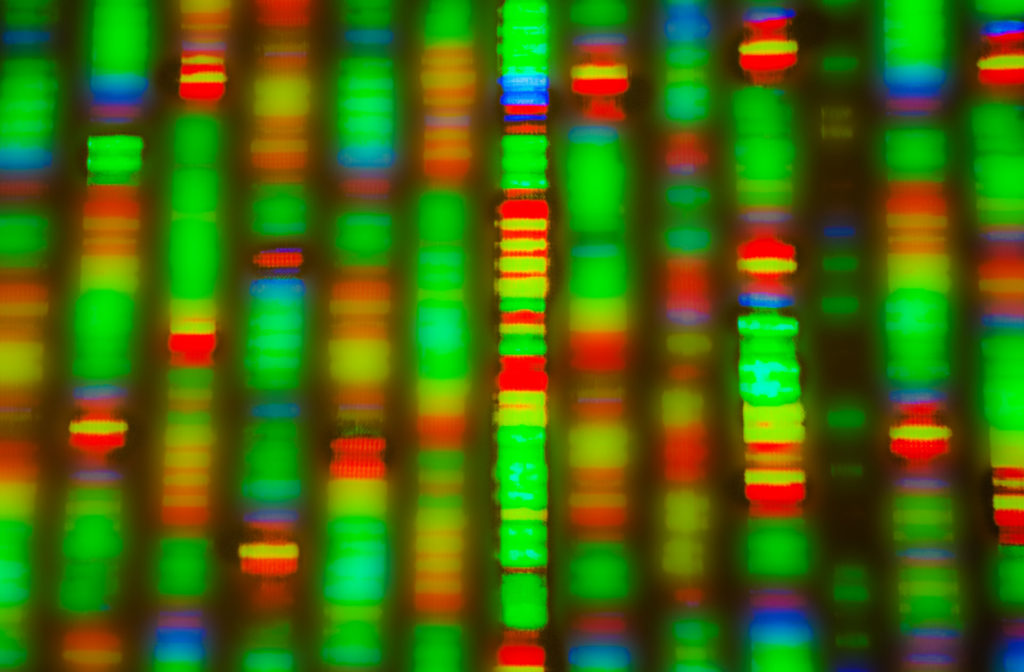
Debunking Junk DNA
To overcome the barrier posed by vast unexplained regions of the human genome – so-called “junk” DNA – a suite of novel genetic tools were developed, beginning in the early 2000s, which enabled the discovery of thousands of molecular switches turning genes on and off when and where they are needed and how they can trigger diseases.

Mathematically Described How Bubbles Pop in Foam
Bubble baths are beautiful yet ephemeral as the bubbles pop one by one. Berkeley Lab researchers described mathematically the successive stages in the complex evolution and disappearance of foamy bubbles, a feat that could help in modeling industrial processes in which liquids mix or in the formation of solid foams.
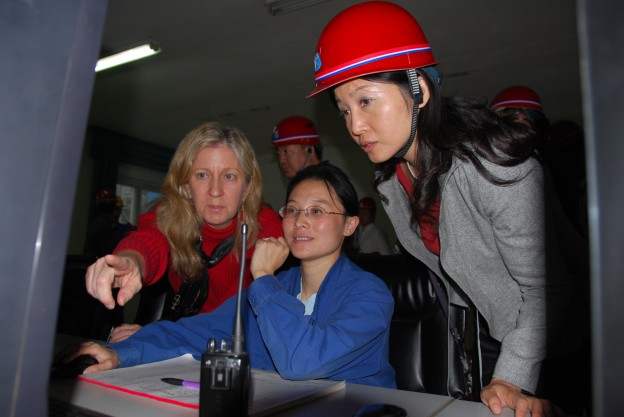
Helped Bring Energy Efficiency to China
Since 1988, Berkeley Lab scientists have worked to make China, the world’s largest energy consumer, as energy efficient as possible. Energy labels and appliance standards, developed with considerable support from Berkeley Lab, will reduce carbon dioxide emissions in China by about 9.1 gigatonnes of CO2 (GtCO2) between 2009 and 2030. The Lab has also helped improve energy efficiency in China’s residential and commercial buildings and in energy-intensive manufacturing industries.
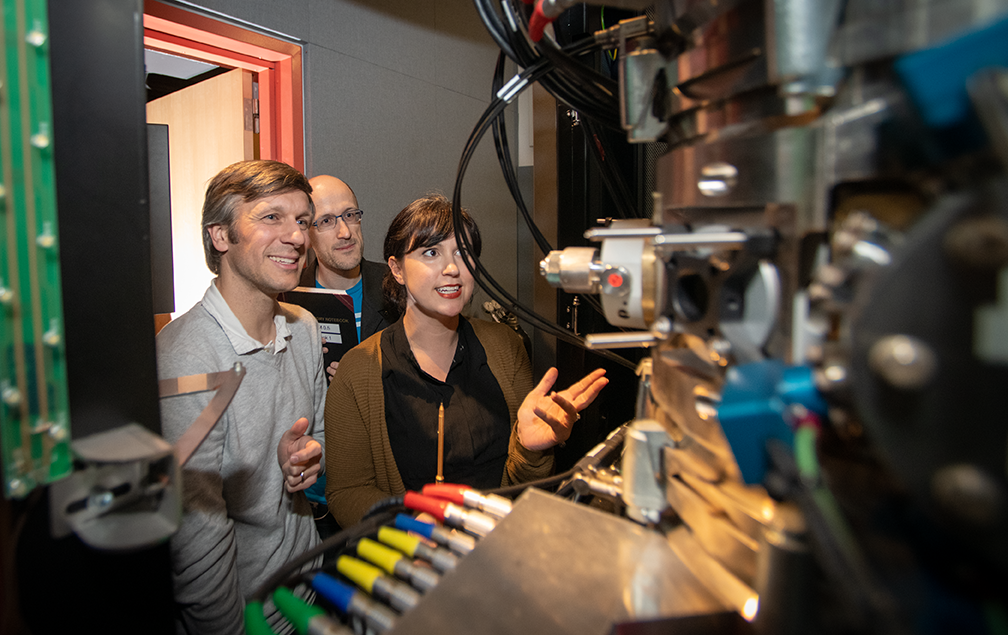
Built the World’s Most Powerful Microscope
The hidden world of atoms is now exposed thanks to a record-setting electron microscope called TEAM. Unveiled in 2008 at Berkeley Lab, it can produce images with a resolution of half an angstrom, which is less than the diameter of a single hydrogen atom.
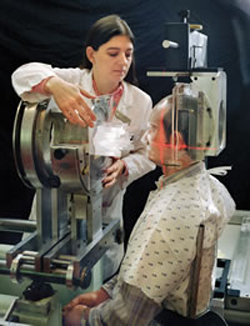
Pioneered the Use of Beam Therapies
Considered the birthplace of nuclear medicine, Berkeley Lab was a pioneer in using radioactive isotopes for medical treatments and imaging, and later for using the same powerful accelerators used in high-energy physics experiments to produce beams for medical treatment. Beams at the 184-Inch synchrocyclotron, now home to the Advanced Light Source, and later the Bevalac were used for medical treatments, and about 1,400 cancer patients were treated with beams at the Bevalac from the 1970s to the early 1990s.
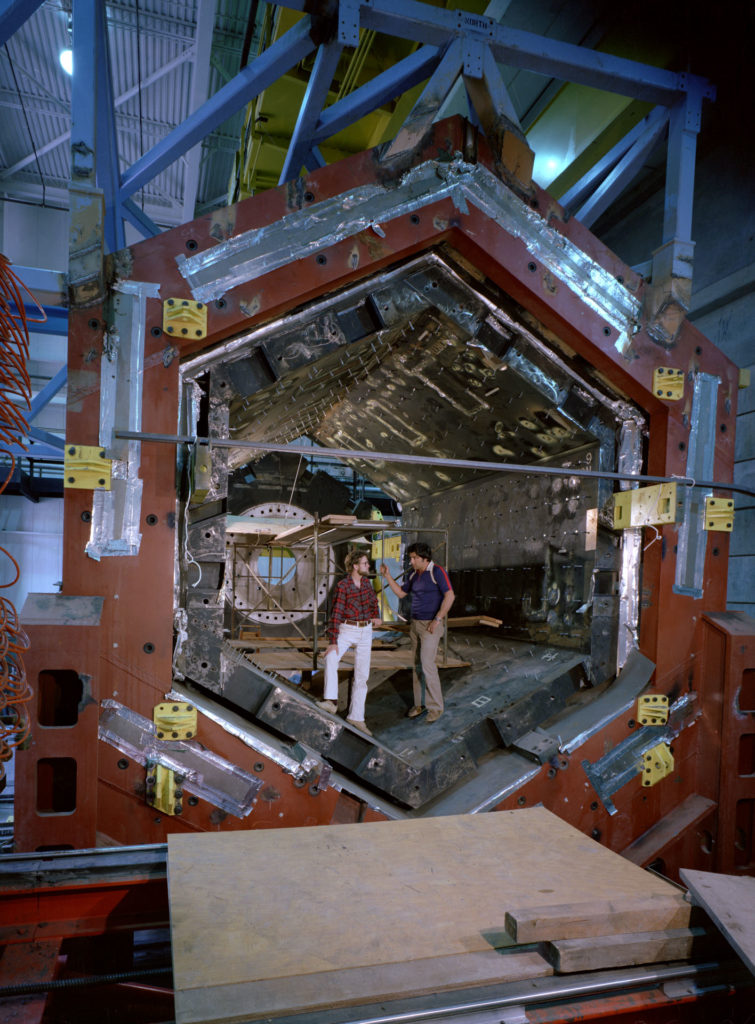
Invented the Time Projection Chamber
The 1974 invention of a new type of particle detector, called a time projection chamber, or TPC, would provide a far more complete picture of particle collisions and interactions. The TPC design allowed the reconstruction of tens of thousands of subatomic particles from a single collision event, in 3-D and with greater accuracy than before. TPCs have found uses in a broad range of experiments – from reconstructing particle collisions to the hunt for dark matter particles.
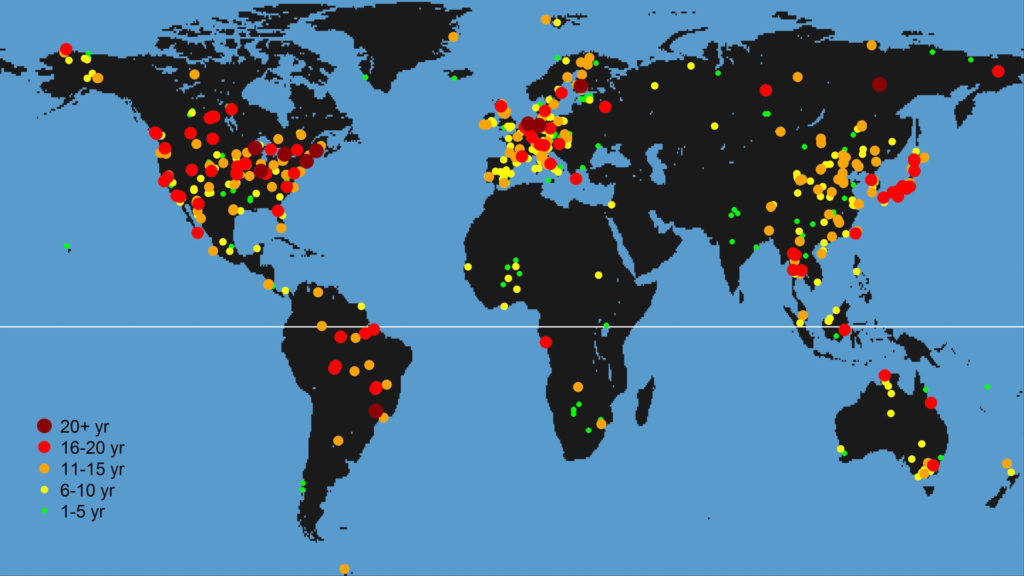
Created a Global Database to Study the Carbon Cycle
Around the world, micrometeorological towers monitor carbon, water, and energy fluxes, which are measurements of how carbon dioxide, water vapor, and energy (heat) circulate between the soil, plants and atmosphere. And, Berkeley Lab computer scientists helped build the FLUXNET database to make this raw data publicly available for research.

Taking the Uncertainty out of Green Car Purchases
Many consumers in the market for a green car hesitate, anxious about the range of the car or its value. MyGreenCar, introduced to the market in 2017, eliminates uncertainty with a smartphone app that provides clear, accurate comparisons of cars, personalized to driving style and habits collected with GPS data.
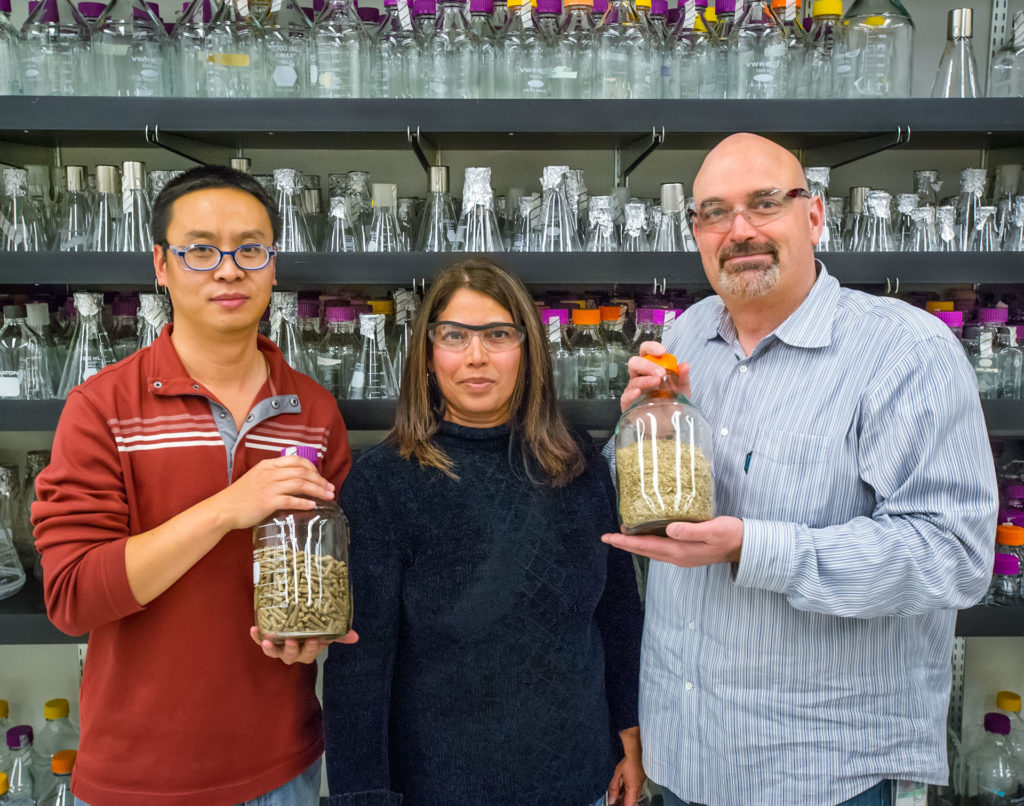
Enabled Efficient, Economically Viable Biofuel Production
In the early 2010s, scientists pioneered the development of biomass-derived ionic liquids (“bionic liquids”) to enable efficient, scalable, and sustainable, feedstock-agnostic, one-pot biofuel conversion technologies. The integrated process enabled by bionic liquids reduces annual operating cost by 40 percent and water use/waste water generation by approximately 85 percent, and has the potential to reduce greenhouse gas emissions by as much as 50 to 85 percent compared to conventional gasoline.

Created the World’s Largest Materials Properties Database
The Materials Project, an open-access online database, provides the largest collection of materials properties to scientists from every corner of the globe. Since its launch in 2010, it has grown exponentially, currently providing data more than a million times a day to more than 160,000 users, and has enabled the development of energy storage materials, among other applications.
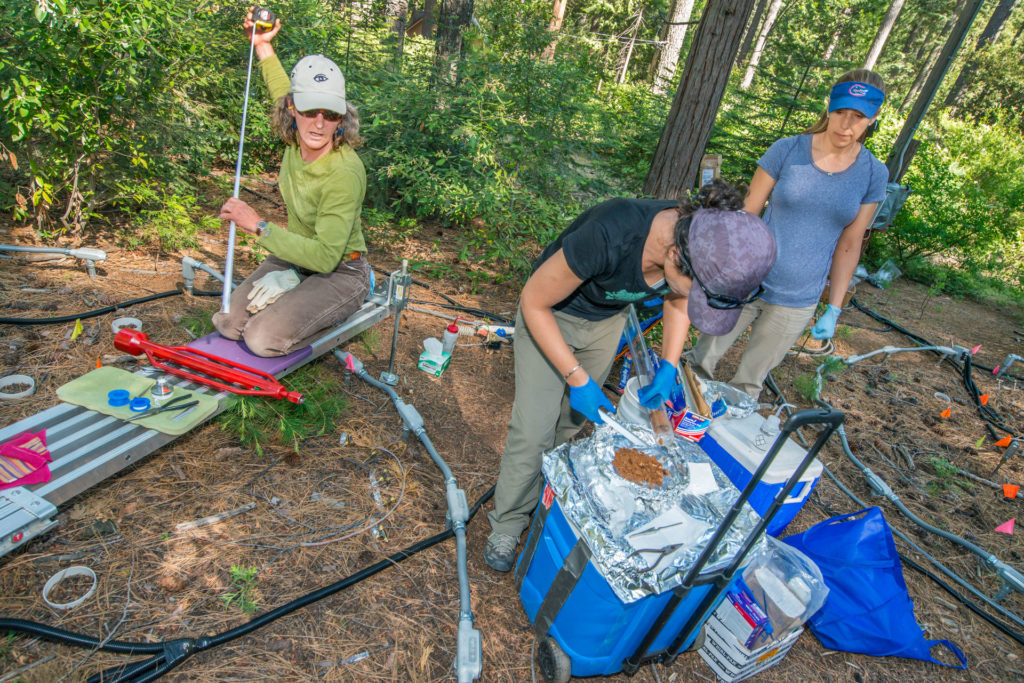
Ecosystem Controls on Soil Carbon Cycling
Earth Scientists at Berkeley Lab changed the paradigm associated with the persistence of soil organic carbon, documenting that it is a function of multiple abiotic and biotic ecosystem processes and breaking the previously widely held construct that it is controlled by the molecular structure of carbon alone.
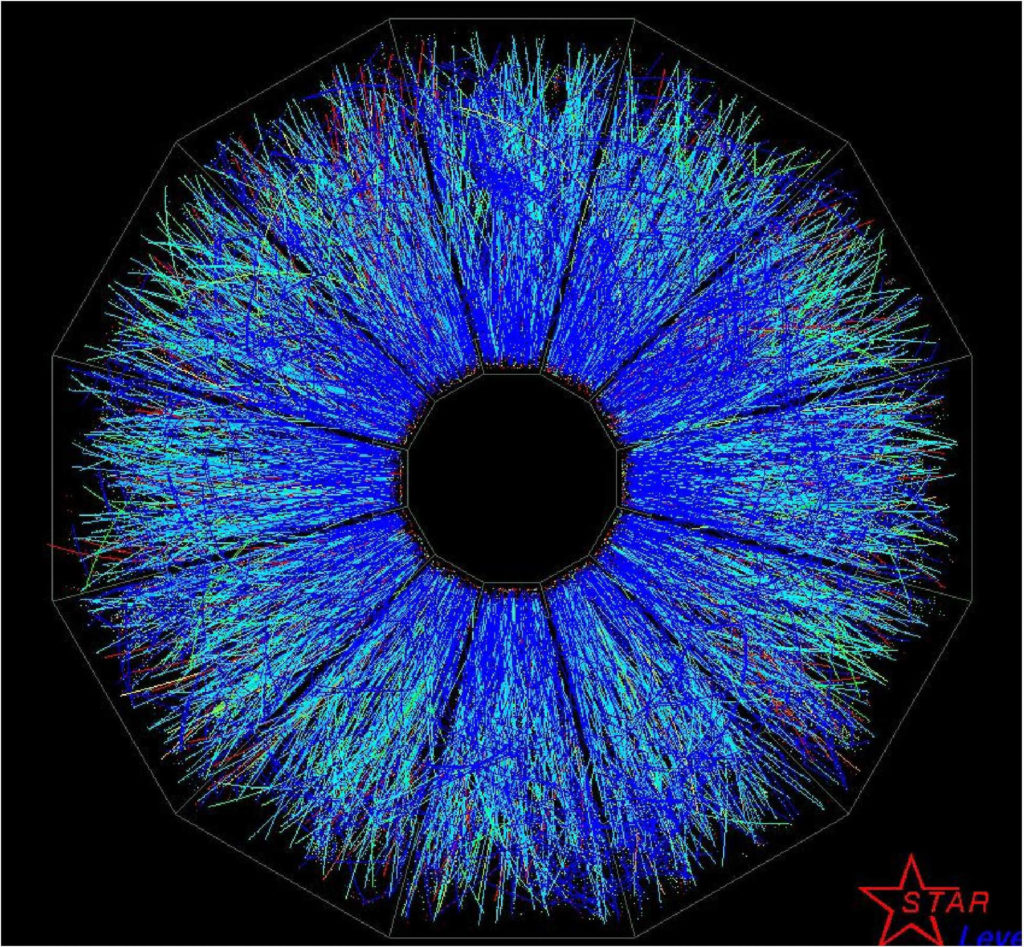
Proved That a Plasma of Quarks and Gluons Flows Like a Perfect Liquid
Nuclei can be melted into a plasma of quarks and gluons by colliding them at high energy. Berkeley Lab theorists and experimentalists predicted and discovered that this plasma flowed like a perfect liquid, with almost no internal friction, by studying these collisions with detectors built onsite.
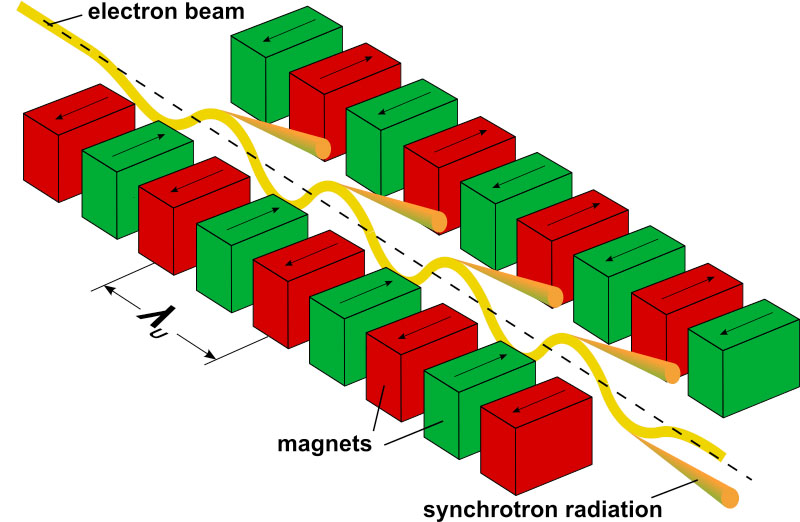
Enabled Super-Bright X-Ray Beams
In the mid 1980s, Berkeley Lab scientists developed specialized arrays of magnets known as “insertion devices” that all modern synchrotron light sources around the world, including Berkeley Lab’s Advanced Light Source, depend on to generate beams of light one billion times brighter than the sun.

Turned Windows into Energy Savers
Americans save billions of dollars in energy bills each year thanks to a Berkeley Lab-developed window coating that prevents heat from entering in the summer and escaping in the winter. More than half of all windows sold each year have this coating.
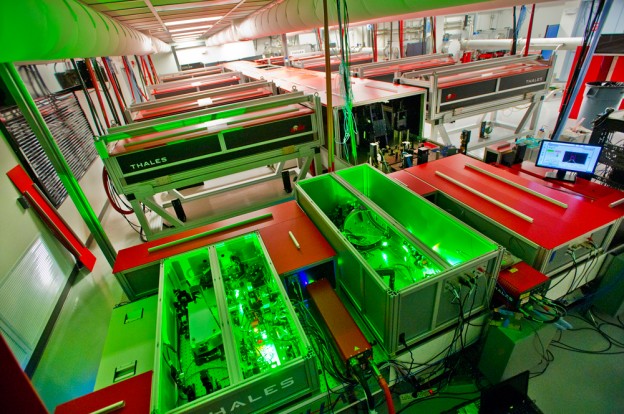
Set Records in Novel ‘Tabletop’ Particle Accelerators Driven by Laser
A Berkeley lab team ramped up the energy of the compact laser-plasma accelerator, setting a world record in 2012 and eclipsing it in 2018 in their ongoing push toward ever higher energy. By shrinking accelerators, our researchers are paving the way for applications that range from next-generation cancer treatments to answering fundamental questions of physics.
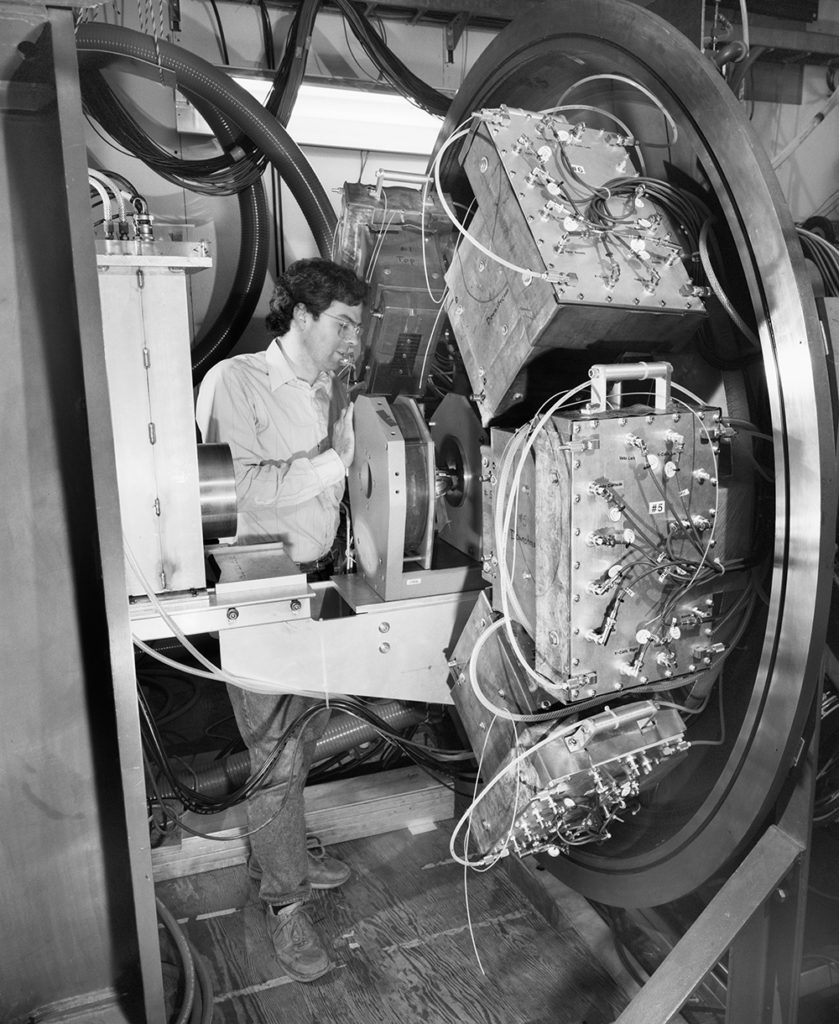
Bevalac Begins Era of Relativistic Heavy-Ion Physics
The combination of the Bevatron, a powerful proton accelerator ring, with the Hilac, or heavy ion linear accelerator, at Berkeley Lab provided high enough beam energies to enable the first scientific studies of relativistic heavy-ion physics. Elements as heavy as uranium could be accelerated so fast that effects relating to Albert Einstein’s theory of relativity dominate over classical physics. Such studies provided new information about how protons interact with simple and complex atomic nuclei.
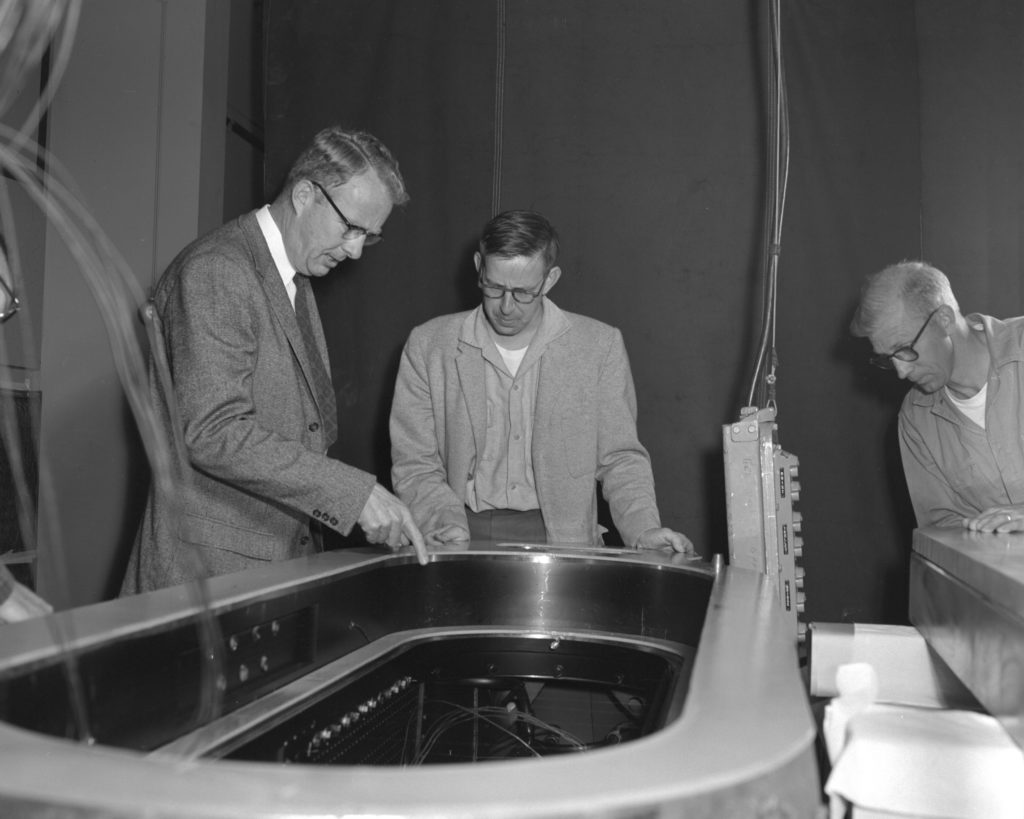
Invented Hydrogen Bubble Chamber, Discovered Many Resonance States
Luis Walter Alvarez received the 1968 Nobel Prize in physics “for his decisive contributions to elementary particle physics, in particular the discovery of a large number of resonance states, made possible through his development of the technique of using hydrogen bubble chamber and data analysis.” The hydrogen bubble chambers he created enabled detailed photographs of particle paths, and an understanding of resonances, which are short-lived phenomena associated with particles called hadrons.
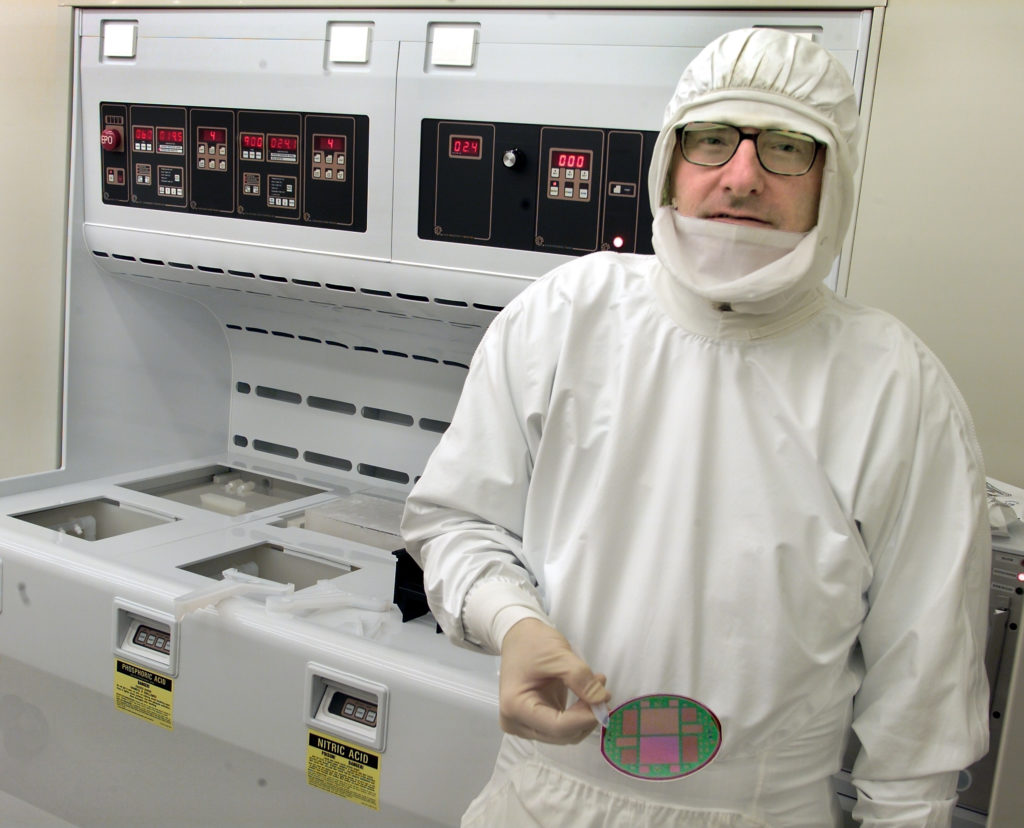
Developed a New Class of CCDs for Astronomy
Berkeley Lab scientists in 2000 developed a new class of charge-coupled devices, or CCDs, with record efficiency in infrared wavelengths of light. CCDs are semiconductor devices that convert light into electrical charge, forming high-resolution images. The CCD technology also had applications in medical imaging and space X-ray imagery.

Cooked up a More Efficient, Safer Burner
Tired of waiting for the water to boil? Today’s cooktop burners lose a lot of heat and emit high levels of NOx and CO, contributing to unhealthy indoor air. In 2015, Berkeley Lab scientists invented a burner that generates exceptionally even heating, maximizes energy efficiency, and reduces NOx emissions by 90% and CO emissions by more than 50%.
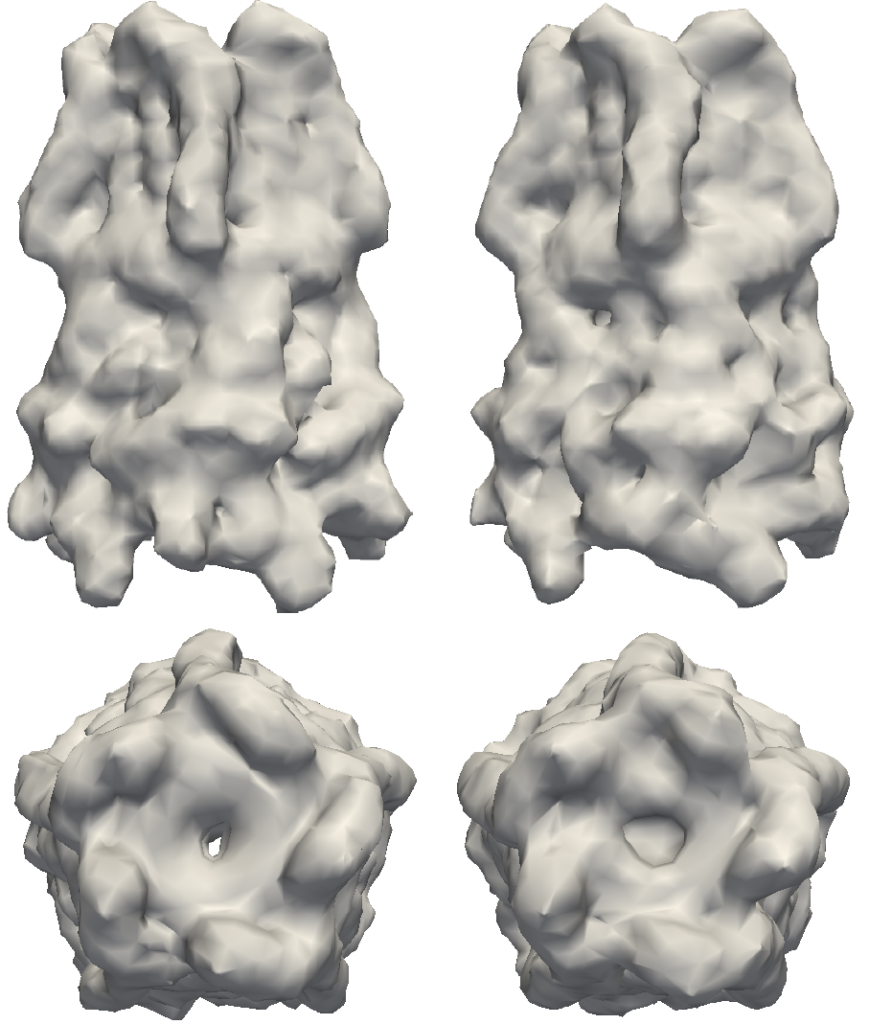
Developed Mathematical Methods to Study Proteins
To visualize the structure of proteins in their native environment, scientists can blast powerful X-ray beams at tiny volumes of proteins in solution. The resulting ‘diffraction patterns’ can then be interpreted to determine, or reconstruct, information about the protein’s molecular structure. This process is called fluctuation X-ray scattering, and Berkeley Lab researchers in 2015 developed a tool called “M-TIP” that can quickly determine the general structure of a sample in only a few minutes on a desktop computer.
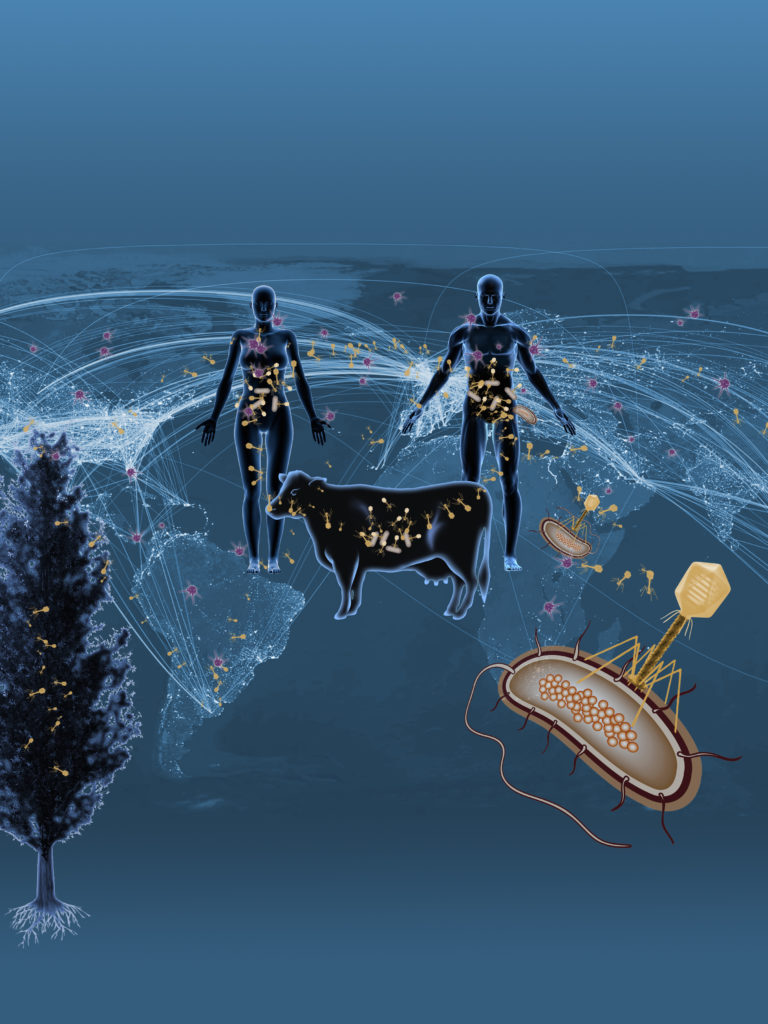
Expanded the Catalog of the Earth’s Microbial and Viral Diversity
Researchers have worked since the late 2000s to design methods that accelerate the identification of microbes and viruses residing in complex ecosystems from the Arctic to the Antarctic, oceans, lakes, soils, and extreme environments such as hot springs. This has enabled the discovery of billions of genes and a path to understanding their role for diverse applications from agriculture to human health.

Helped Establish Air Conditioning with Less Energy Worldwide
Berkeley Lab’s analysis helped the U.S. Department of Energy establish the strongest efficiency standard in U.S. history, covering rooftop air conditioners and furnaces (28 years after Berkeley Lab supported America’s first-ever national appliance efficiency standards for refrigerators, see #9 on the list). In parallel, after identifying that improving cooling efficiency would double the 0.5 degree climate benefit of the refrigerant transition under the Kigali Amendment in 2016, Berkeley Lab’s international energy scientists provided technical support for substantial revisions of cooling efficiency standards in many countries including China, India, Brazil and Indonesia.

Tracked Movement of Subsurface Radioactive Waste
In the 1990s, Berkeley Lab geoscientists developed the first three-dimensional models to simulate coupled flow and heat transport associated with planned long-term burial of containers of radioactive waste deep below Yucca Mountain in Nevada.

Decoded the Origin of Universe’s Heavy Elements: Neutron Star Mergers
For many years, the origin of heavy elements such as gold and uranium was a puzzle. Berkeley Lab scientists developed models and simulations on colliding neutron stars and discovered that the aftermath of radiation emission is a tell-tale sign that when neutron stars merge, heavy elements are produced.
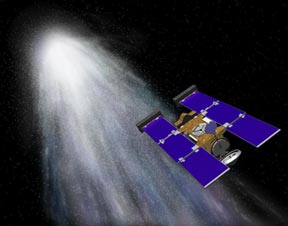
Revealed Clues to the Solar System’s Formation
Comets are believed to preserve the original constituents of our Solar System in relatively unaltered form. In 2006, Berkeley Lab’s Advanced Light Source provided critical analysis of comet dust collected during NASA’s Stardust mission, revealing that material mixing started earlier in the planetary formation process than previously thought and was more extensive.
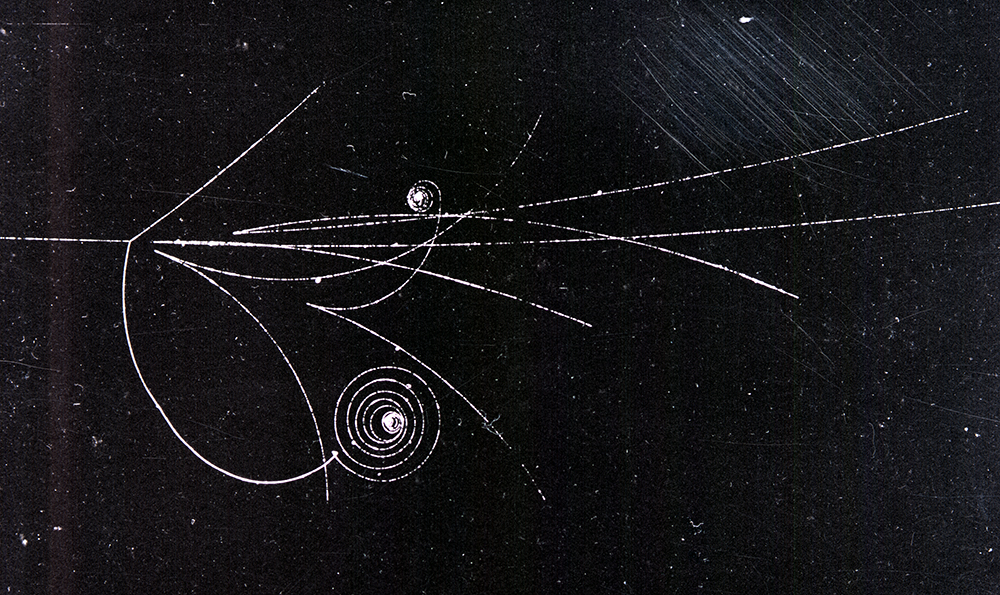
Invention of the Bubble Chamber, Which Traces Particle Tracks
Berkeley Labs Donald Glaser in 1952 invented the bubble chamber, which was used to trace the bubble tracks of subatomic particles produced in collider experiments. Glaser received the 1960 Nobel Prize in physics for his invention of the bubble chamber. Bubble chambers contained superheated liquid, and when struck by accelerated particles the liquid produced a trail of bubbles that were photographed through a window in the chamber. The instruments provided detailed information about particle properties.
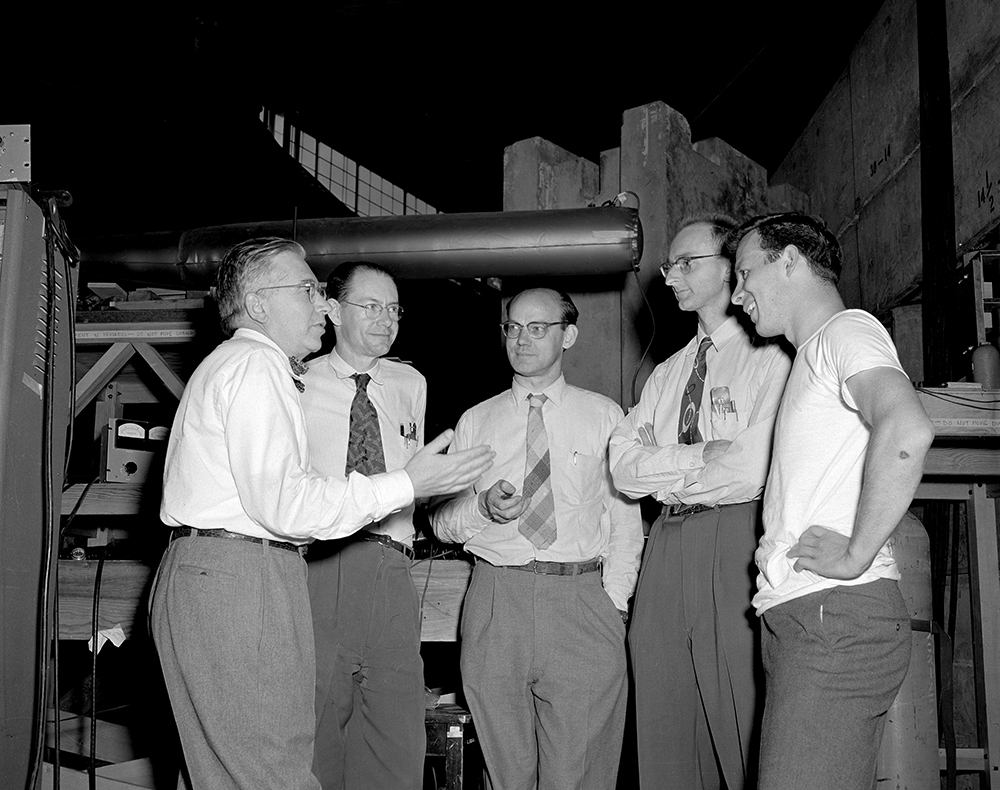
Discovered the Anti-Proton
In 1955, a team used Berkeley Lab’s Bevatron particle accelerator to make the first observation of an antiproton, which is the antiparticle of the proton. It is identical to the proton in most ways but has a negative electrical charge. Owen Chamberlain and Emilio Segrè in 1959 shared the Nobel Prize in physics for the discovery.
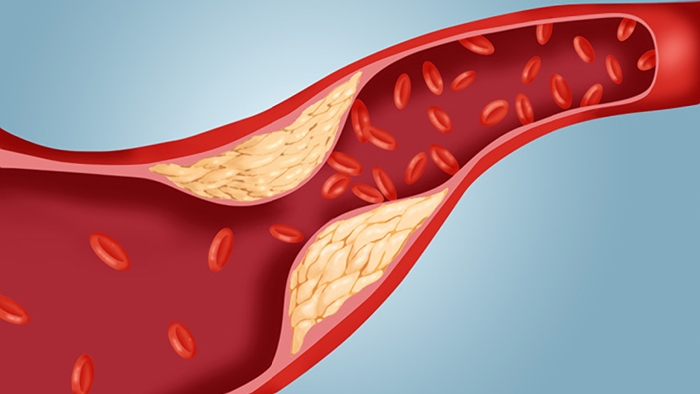
Devised a Better Test for Heart Attack Risk
Eighty percent of people with coronary artery disease have normal cholesterol levels. Berkeley Lab scientists invented a gradient gel electrophoresis test to measure cholesterol subclasses (HDL, LDL, IDL, and VLDL) as well as ion mobility analysis to measure the size distribution and number of these particles. This discovery, licensed to industry in the mid-1990s, enabled doctors to identify patients at higher risk for heart attacks.

Stimulated an Audio Revolution with Ultrathin Graphene
Speakers, earbuds, headphones, and microphones will never be the same. Scientists have found a way to use ultrathin graphene film to make transducers that are smaller than conventional devices and require less power. The graphene film transducers, licensed in 2016, convert electric signals into sound that is almost distortion-free and of equal quality at high and low frequencies.
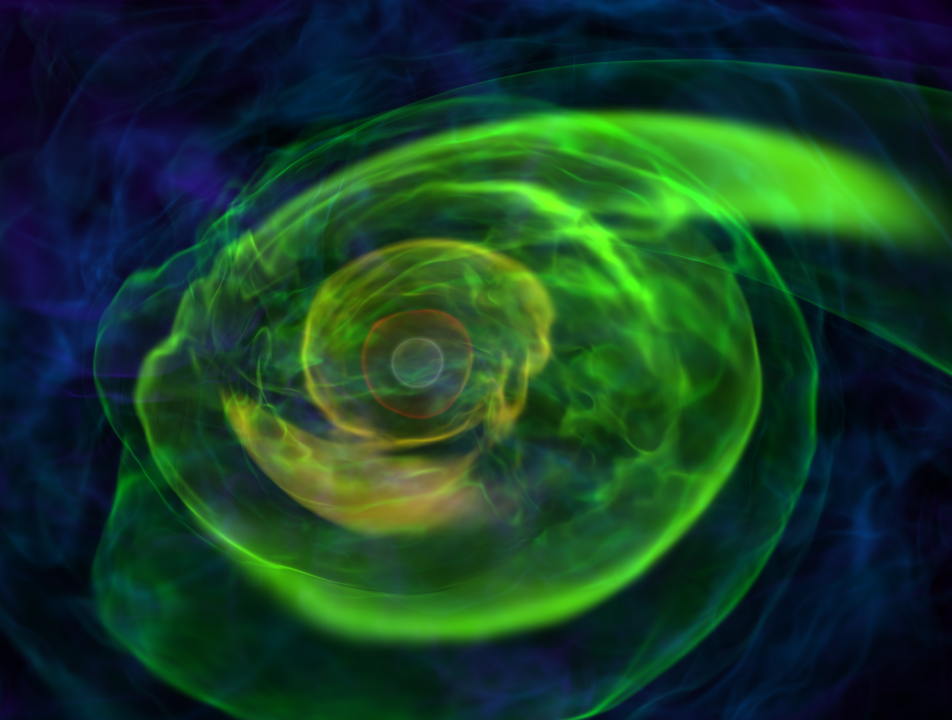
Developed Supercomputer Codes to Study Exploding Stars
Supernovae—the explosive deaths of massive stars—produce most of the materials of the Universe, including crucial elements for life. Because these events cannot be studied up close, astrophysicists rely on physics, math, and supercomputers to dissect their innerworkings. Berkeley Lab computational scientists create codes that make these studies possible.
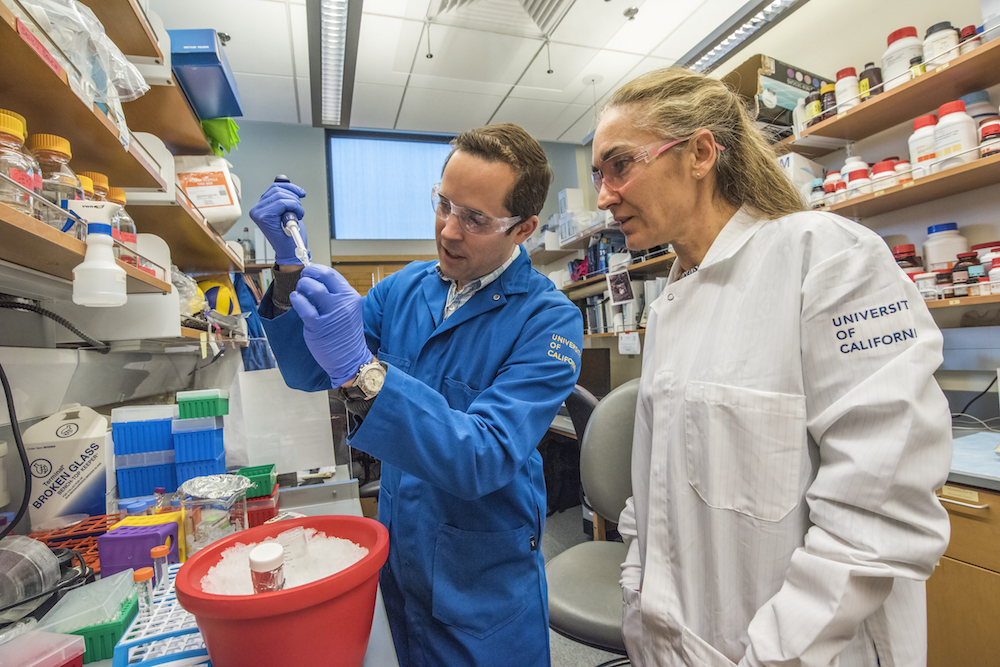
Laid the Groundwork for Advances Leading to Nobel Prize for Cryo-EM
Several Berkeley Lab researchers were cited in the Scientific Background for the 2017 Nobel Prize in Chemistry for the development of cryo-electron microscopy (cryo-EM). Their work over the last five decades includes contributions such as: cooling samples to improve resistance to radiation damage; technical solutions for specimen handling at cryogenic temperatures; spot scan imaging to minimize beam-induced movement; dynamic focus correction to improve clarity; and transmission electron microscopy work that corroborated the utility of achieving atomic resolution structures by averaging over many copies.
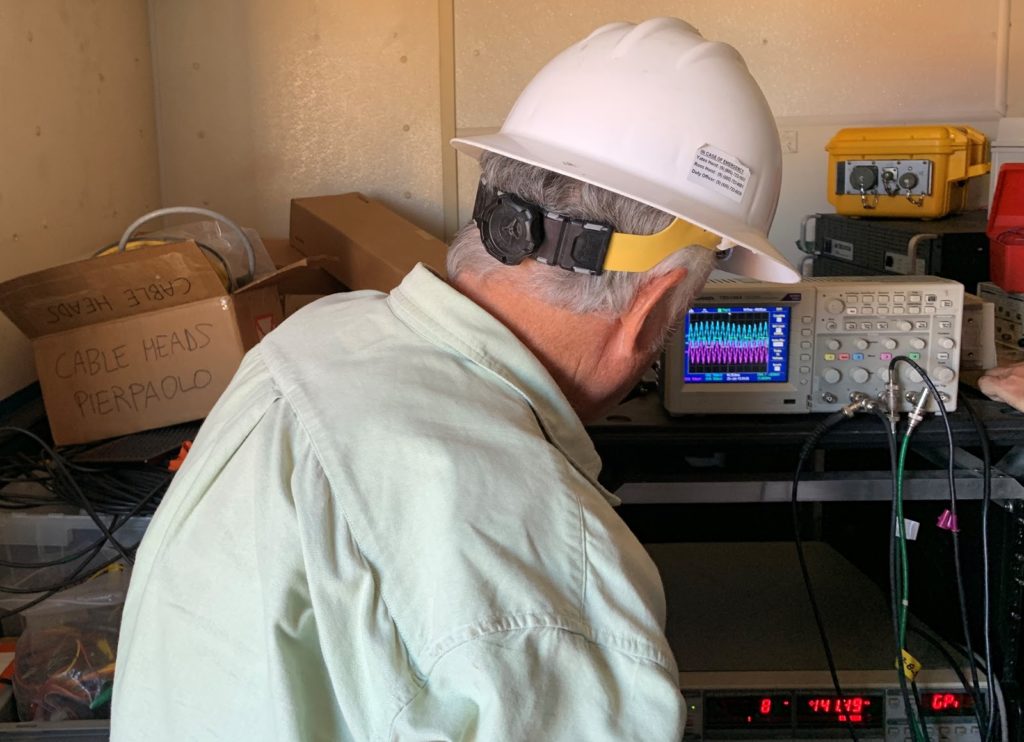
Subsurface Storage of CO2 to Mitigate Climate Change
In the 2000s, Berkeley Lab scientists introduced tools and methods for addressing climate change through geological carbon sequestration–a strategy that involves pumping CO2 deep underground for permanent storage in saline aquifers and depleted hydrocarbon reservoirs.

Helped to Shrink Your Electronics
Using a process called lithography, semiconductor chip manufacturers currently use visible light to print circuits on microchips. Beginning in the early 2000s, Berkeley Lab researchers pioneered techniques to replace visible light with higher energy extreme ultraviolet light for lithography, which enable chip manufacturers to print smaller features, allowing more transistors to be squeezed into next-generation microchips with unprecedented speed and energy efficiency.
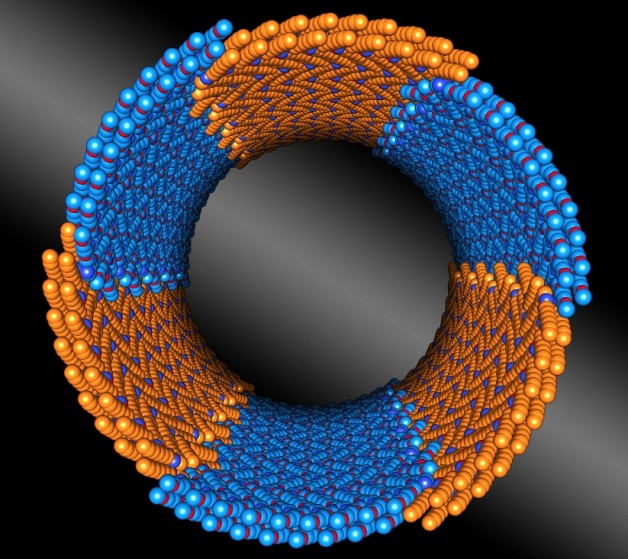
Developed a Synthetic Platform That Can Mimic Protein Folding
Using nature as a guide, researchers at Berkeley Lab’s Molecular Foundry created synthetic, bio-inspired polymers capable of self-folding into protein-like structures. These polymers – called peptoids – are versatile and have applications ranging from engineering antiviral agents and biomedical antifreeze molecules to detecting toxins or purifying water.
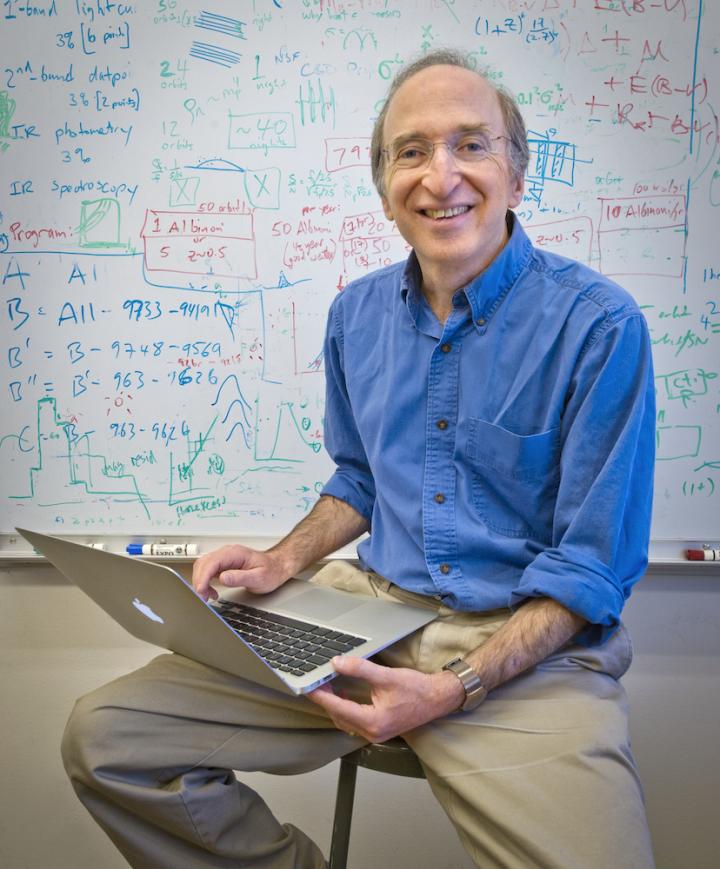
Discovered the Accelerating Universe
Berkeley Lab’s Saul Perlmutter was a co-winner of the 2011 Nobel Prize in Physics for his research team’s unexpected discovery that the expansion of the universe is accelerating. Using explosions from Type Ia supernova as a marker, Perlmutter and his team found that their light was weaker than expected – evidence that the universe’s expansion is accelerating. The accelerating expansion of the universe implies the existence of so-called dark energy, a mysterious force that acts to oppose gravity and increase the distance among galaxies.
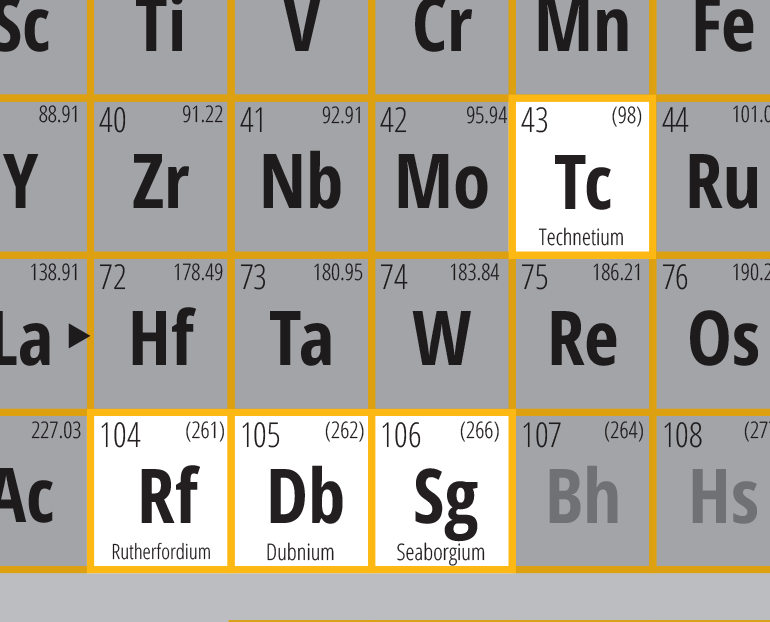
Discovered 16 Elements
Starting in the 1930s, Lab scientists began building big machines and assembling teams of scientists and engineers to discover new elements. Over the next several decades they were credited with discovering 16 elements, including every element from neptunium (element 93) to seaborgium (106). Glenn Seaborg and Edwin McMillan shared the 1951 Nobel Prize in Chemistry for their discoveries of elements that are heavier than uranium. McMillan discovered neptunium and Seaborg was co-discoverer of plutonium and nine other elements heavier than uranium.
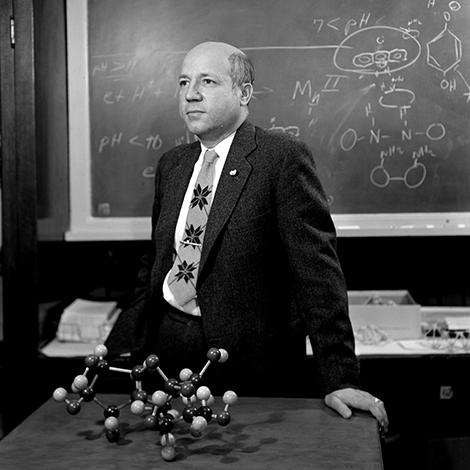
Explained Photosynthesis
Ever wonder how plants turn sunlight into energy? Berkeley Lab’s Melvin Calvin determined the path of carbon through photosynthesis, a scientific milestone that illuminated one of life’s most important processes. Today, this work allows scientists to explore how to derive sustainable energy sources from the sun. Calvin was awarded the 1961 Nobel Prize in Chemistry for this research.

Invented Portable Infant Warmers for the Developing World
Hypothermia is a leading cause of death in premature babies, many of which are born in areas where incubators are impractical or electricity is unreliable. In 2015, scientists developed a portable infant warmer pad, which uses a USDA-approved biosafe phase change material (PCM) which is heated with hot water and can keep babies warm for several hours.
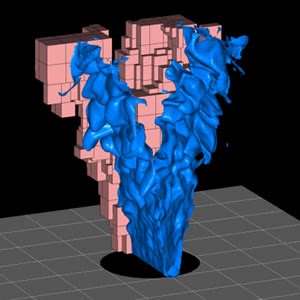
Performed the First Simulation of Lab-scale Combustion
Combustion powers everything from cars to power plants. With a better understanding of how it works, researchers can reduce the amount of pollution produced by burning fossil fuels. In 2004, Berkeley Lab scientists made a significant stride toward this understanding by producing the first laboratory-scale combustion simulations of turbulent flames using NERSC supercomputers.
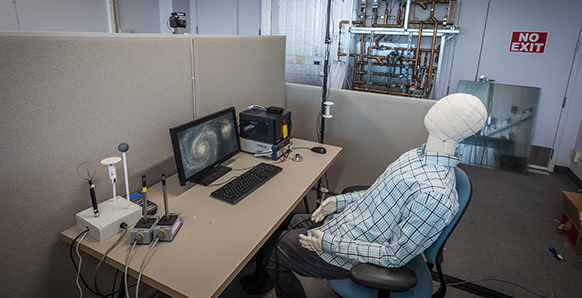
Evaluating Buildings — Before They’re Built
Berkeley Lab’s FLEXLAB®, which opened in 2012 as the world’s first advanced integrated building and grid technologies testbed, lets researchers evaluate the performance of building systems, alone or in combination with others. Research includes energy saving lighting and HVAC, building integrated PV, using buildings and EVs to lower peak energy costs, clean air strategies and occupant comfort, but that only scratches the surface. It’s proven so successful, the Lab is now advising others on how to build similar facilities.
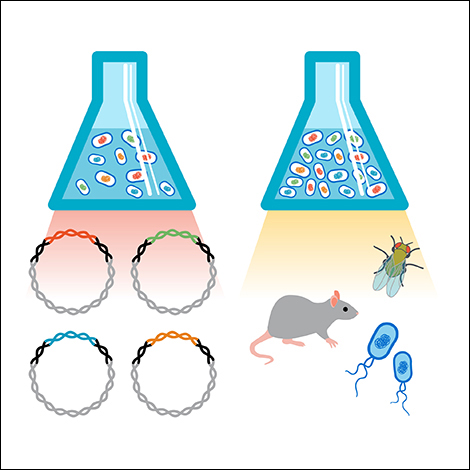
Closed the Knowledge Gap From Gene Sequence to Function
The function of a given gene may only become apparent under certain conditions. Double Barcoded Shotgun Expression Library Sequencing (Dub-seq) is a high-throughput method for discovering gene function in microbes under various environmental conditions. It was introduced for licensing in 2015 and scientists can adapt it to discover new enzymes, find new cancer drugs, gain insight into resistance to viruses, and understand how antibiotics act on microbes that cause disease.

Plugged an Historic Natural Gas Leak
Berkeley Lab environmental scientists helped stop the worst methane leak in history in 2015, using their TOUGH computer modeling to simulate behavior of the leaking well at the Aliso Canyon underground gas storage facility. This allowed them to evaluate why eight previous attempts were unsuccessful, and to develop an effective solution for arresting the leak.

Made Your Digital Display More Vibrant
In the late 1990’s, Berkeley Lab scientists invented a way to make spherical semiconductor nanocrystals that emit extremely pure light of almost any color, depending on their size. These “quantum dots” are now responsible for the pure, true-to-life color found in millions of TV displays sold around the world.

Created a New Type of Plastic That Is Infinitely Recyclable
Light and sturdy, plastic is great until you no longer need it. In 2019, Researchers at BerkeleyLab’s Molecular Foundry created a new kind of plastic that can easily be broken down into its starting components and reused again and again without loss of performance or quality.

Unmasked a Dinosaur Killer
Natural history’s greatest whodunit was solved in 1980 when a team of scientists led by Berkeley Lab’s Luis Alvarez pinned the dinosaurs’ abrupt extinction on an asteroid collision with Earth.
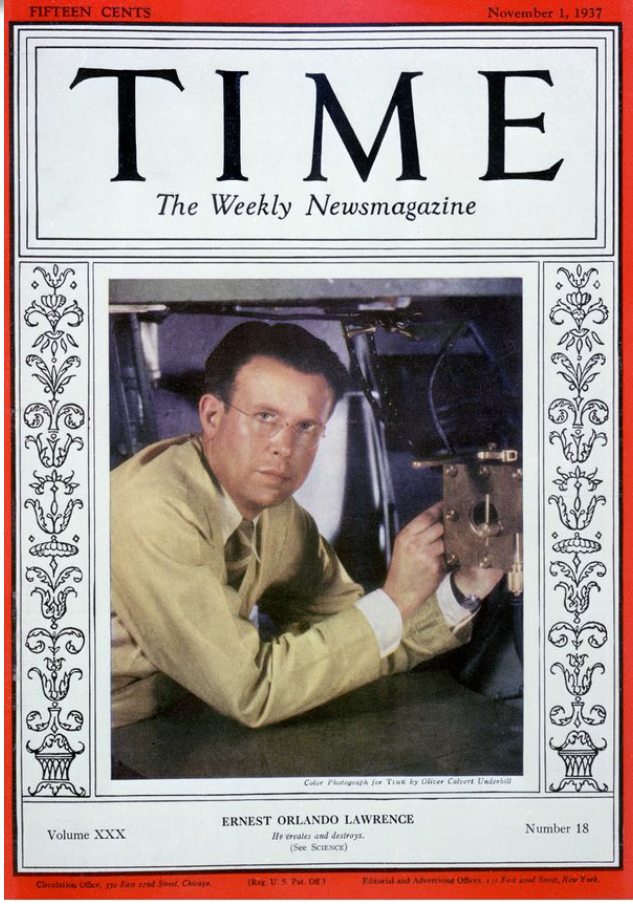
Invented Particle Accelerators
Ernest Lawrence’s invention of the cyclotron set the stage for particle accelerators worldwide and pioneered improvements for modern accelerators powerful enough to “see” what is within subatomic particles. He won the 1939 Nobel Prize in Physics for his invention of the cyclotron.
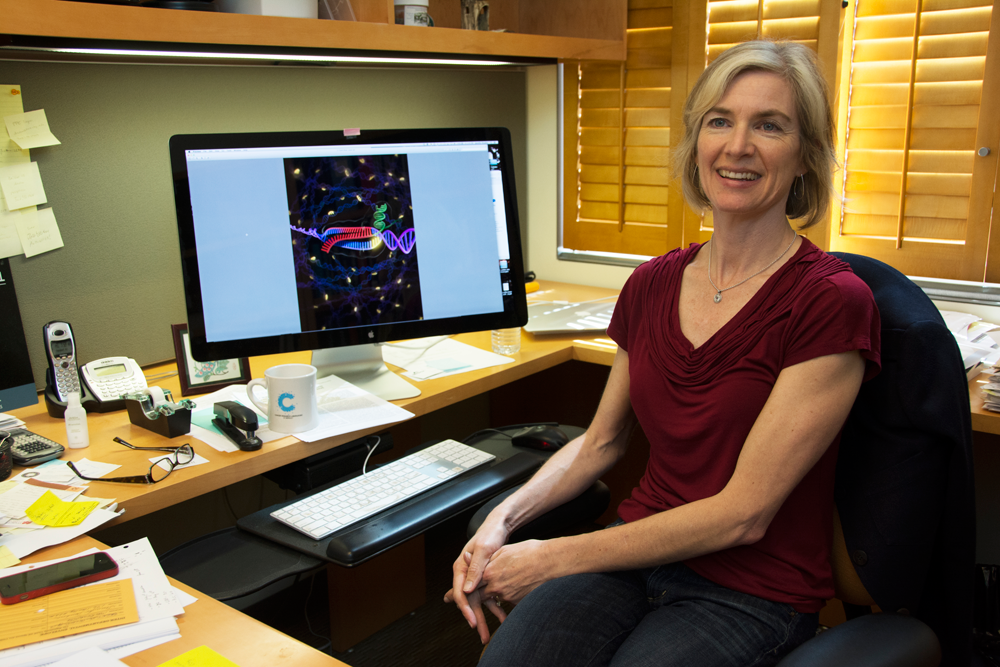
Created a Powerful Genetic Engineering Tool
The discovery of the CRISPR-Cas9 genetic engineering technology has radically changed genomics research. Biochemist Jennifer Doudna, a Berkeley Lab faculty scientist, co-won the 2020 Nobel Prize in Chemistry for the discovery. This genome-editing technology enables scientists to change or remove genes quickly, with a precision only dreamed of just a few years ago. Labs worldwide have redirected the course of their research to incorporate this new tool, with huge implications across biology, agriculture, and medicine.
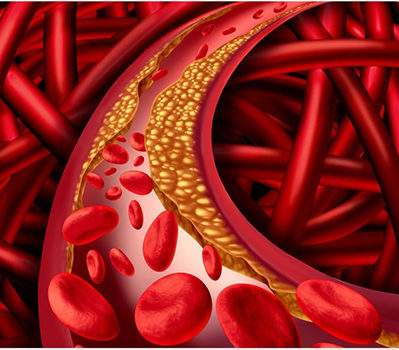
Identified Good & Bad Cholesterol
The battle against heart disease received a boost in the 1960s when Berkeley Lab research unveiled the good and bad sides of cholesterol. Today, diagnostic tests that detect both types of cholesterol save lives.

Expanded the Tree of Life
The Tree of Life, which depicts how life has evolved and diversified on the planet, expanded in 2016 thanks to geoscience expertise at Berkeley Lab and UC Berkeley, which discovered a vast number of microorganisms from a Colorado aquifer, reshaping our understanding of Earth’s biological organization.
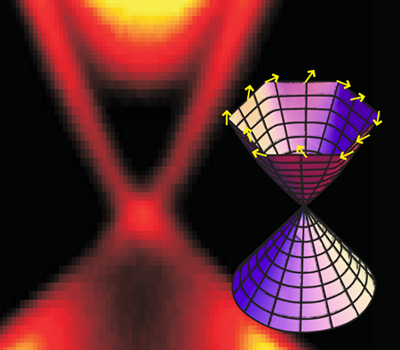
Discovered New States of Matter
Using Berkeley Lab’s Advanced Light Source, researchers in 2009 made the first experimental discovery of topological materials – a new state of matter that could enable nanoscale spintronic devices and fault-tolerant quantum computers.
Built a System to Keep Data Science Flowing
To meet scientific demands for faster speeds and larger data capacity, global research networks like ESnet built a high-speed internet backbone to connect researchers to supercomputing centers and experimental facilities. But firewalls at the local network borders can significantly slow network speeds. Starting in 2010, ESnet researchers crafted a solution called “Science DMZ.”

Confirmed the Big Bang
George Smoot shared the 2006 Nobel Prize in Physics for the discovery of subtle irregularities in the cosmic microwave background radiation, the faint thermal afterglow from the Big Bang. These irregularities led to the condensation of matter into gas clouds, stars, and galaxies.
Made Building Responsive to the Grid
Berkeley Lab-led work developed the Open Automated Demand Response (OpenADR) communication system, an open standard that lets electricity providers send signals about price and grid needs directly to customers over the Internet, helping to facilitate clean, reliable energy use. As a result of the effort started in the early 2000s, it is now the most widely used open standard for such communications around the world, and essential for modernizing our electricity grid.
Enabled the First Portable Medical Gamma Camera
Berkeley Lab scientists adapted an ultra-sensitive charge-coupled device (CCD) and photodiode for a supercollider gamma ray detector, into a light sensor for medical imaging. The technology, developed in the mid 1990’s, is now used in a compact, portable solid state gamma camera on wheels, a huge improvement over stationary cameras weighing 2 tons.
